Rossetti Archive Textual Transcription
The full Rossetti Archive record for this transcribed document is available.
- THE JOURNAL OF
- PRE-RAPHAELITE
- AND AESTHETIC
- STUDIES
ROSSETTI
CABINET
A Portfolio of Drawings by
Dante Gabriel Rossetti
Hitherto Unpublished, Unrecorded,
or Undocumented
Including
Studies for Known and Unexecuted Paintings,
Original Early Drawings,
Portraits and Caricatures,
Designs, and Juvenilia
A Special and Final Vancouver Issue of
THE JOURNAL OF
PRE-RAPHAELITE
AND AESTHETIC
STUDIES
(II:2 Fall 1989)
Edited by
William E. Fredeman
With the Technical Assistance of
Robin Alston and Ronald McAmmond
1991
annually since 1988 by the PRB Foundation of Pre-Raphaelite & Aesthetic Studies.
From January 1991, it will be published by Arizona State University, Tempe, AZ
85267-1505. Contributions should be sent to the Editor, Julie Codell, Director,
School of Art, at this new address.
Individual: $25
Institutional: $40
- Introduction and Catalogue: William E. Fredeman
- Plates: The owner of the drawings.
JPRAS is typeset at The Typeworks, Vancouver, B.C. and printed by Morriss Printing
in Victoria, B.C.
is dedicated
with love and admiration
to the daughter and granddaughter
of William Michael Rossetti
- Introduction ix
- Catalogue 1
- Plates:
- I. Studies for Known and Recorded Pictures ( 1-21)
- II. Studies for Unexecuted Works ( 22-33)
- III. Early Drawings after 1843 ( 34-44)
- IV. Portraits and Caricatures ( 45-67)
- A. Known Subjects ( 45-53)
- B. Unidentified Subjects ( 54-57)
- C. Caricatures ( 58-67)
- V. Designs and Miscellaneous Drawings ( 68-73)
- VI. Juvenilia to 1843 ( 74-113)
- A. Illustrations for Literary Works ( 74-89)
- B. Humorous Drawings and Caricatures ( 90-96)
- C. Miscellaneous Childhood Drawings ( 97-113)
-
Plate 1. Two ladies with fans. Preliminary study for The Salutation of Beatrice (S.116A, Pl. 173). Pencil and gouache on heavy-duty, yellow-gray card stock, 18.7 x 17.2, c. 1848. An unreproduced drawing of a 15th/16th-century lamp is on the reverse with a description in DGR's hand, endorsed by WMR: “Gabriel's handwriting c/48.” -
Plate 2. Study for Mary Magdalene at the Door of Simon the Pharisee (S.109, Pl. 156). Pencil with chalk highlighting on lined note paper, 22 x 18.1, c. 1858. WMR: “By Gabriel-c. 1865—This is evidently a sketch of the Magdalen subject done I suppose either to give some one else an idea of the composition or rather to try an alteration. The sketch over-page might perhaps be a Cassandra, or else another Magdalen.” While the implication of WMR's annotation is that the drawing antedates the finished subject, there is no reason to think it is not a preliminary study for the picture. For the Cassandra on the reverse, see Plate 25. -
Plate 3. Study for The Early Italian Poets (S.125, The Rose Garden, Pl. 191-92; Love's Greeting, S.126, Pl. 195). Pencil on card stock, 14.5 x 11.3, c. 1861. WMR (verso): “Slight sketch of lovers kissing, first done as a frontispiece to Early Italian Poets—watercolour named The Rose Garden.” -
Plate 4. Full-length cartoon for central figure in The Return of Tibullus to Delia (S.62, Pl. 56). Pencil, 35.3 x 27.7, c. 1862. Endorsed by WMR (verso). -
Plate 5. Drapery study for The Return of Tibullus to Delia . Pencil on card stock, 28.2 x 20.3. WMR (verso): “G. drapery of Tibullus c. 1862.” -
Plate 6. Drapery study for Helen of Troy, virtually identical, but with slight variations, with S.163A, Pl. 233. Pencil on card stock, 17.6 x 11.6. WMR (verso) “c./64 By Gabriel.” -
Plate 7. Drapery study for Paolo and Francesca (S.75.R.1, Pl. 88). Pencil on card stock. 14.5 x 13. Though endorsed by WMR, “G drapery of Paolo/c.1855,” the drawing is clearly, from the positioning of the feet, a study for the later, Leathart version of the picture and dates from c. 1862. -
Plate 8. Study of birds, perhaps for Bethlehem Gate (S.159, Pl. 226) or The Seed of David (S.105, Pl. 139). Pencil on lined note paper, 19.5 x 15.35 with piece (2.5 x 3) cut out from right edge, c. 1863-65? WMR (verso): “? sketch for birds in Dante's Dream/By G. I think.” While birds appear in a number of DGR's pictures besides Dante's Dream and the two others cited, including The Damsel of the Sanct Grael (S.91, Pl. 117), the later version of The Annunciation (S.131, Pl. 200), Beata Beatrix (S.168, Pl. 238), La Pia (S.207, Pl. 300), A Sea Spell (S.248, Pl. 367), and A Vision of Fiammetta (S.252, Pl. 366), the birds most closely resembling those in this study, both in form and movement, though in each case flying in the opposite direction, are those in the foreground to the two works cited. The attribution, however, while more convincing than WMR's, is not at all conclusive, and the study may simply be generic. -
Plate 9. An early sketch for Rosa Triplex (S.238, Pl. 348; Gallery 10). Pen and ink, 18.1 x 22. WMR (verso): “By Gabriel. c. 1865.” Almost certainly DGR's first rough idea for the picture. The instructions in DGR's hand pertaining to the staircase and the drawings of the two flower pots must refer to a different picture, perhaps Mary Magdalene (see S.109, Pl. 156). -
Plate 10. Profile sketch of head in title-page of The Prince's Progress (S.185, Pl. 272). Slight pencil sketch on card stock, 16.2 x 11, c. 1865-66. WMR (verso): “The profile on other side seems to be for the title-page of Prince's Progress.” An indistinguishable partial drawing on the reverse has not been reproduced. -
Plate 11. Study for Monna Rosa (S.198, Pl.289; Gallery 11). Pen and ink, 22 x 19.5, c. 1867. On reverse of a sketch identified by WMR as “Michael Scott's Wedding” (see Plate 16). WMR (verso): “The sketch over-page may be related to Fleurs de Marie. ” While I accepted WMR's attribution in “The Rossetti Gallery,” the drawing bears little resemblance to Marigolds (S.235, Pl. 335). -
Plate 12. Initial design for La Pia de' Tolomei and The Token (S.207, Pl. 300; Gallery 12). Penand brown ink on handmade lined note paper with undated watermark; the entire drawing measures 22 x 18.2.Note: Text appears in two columns on the page.
a. La Pia , inside a ruled box (approximately 5.5 cm square). Inscribed by DGR: “La Pia fingering her ring—rushes, water and the foot of a castle seen in the mirror. Yellow iris in a glass in the foreground. Little mirrors all round the large one, with the same reflection.” WMR (recto): “By Gabriel 1868.” This sketch was executed before the earliest sketch traced by W. D. Paden in his monograph on the picture ( Register of the Museum of Art, University of Kansas, 2/1 [November 1958]: 1-48).
b. The Token . “The Token—Girl cutting off lock of hair. Pugliesi” (in DGR's hand). This drawing, which occupies the upper right-hand corner and measures approximately 6 cm square, appears to be a preliminary version of a later drawing treating the same subject (see Plate 26). -
Plate 13. Initial sketch for Pandora (S.224, Pl. 318; Gallery 15). Pencil on lined note paper, containing part of what appears to be a diary, 19.7 x 13.2, c. 1869. WMR (verso): “By Gabriel? First notion for Pandora.” The drawing has at one time been pasted into an album. -
Plate 14. Initial sketch for The Blessed Damozel (S.244, Pl. 355; Gallery 14). Pencil, 22 x 18.2, on lined note paper on which has been overwritten a recipe for “Bran Tea for Sore Throat.” WMR (recto): “By Gabriel-c. 1869-must be a first rough notion of a Blessed Damozel.” On reverse: a page of random notes, apparently part of a diary, in DGR's hand: “A. Meyer (apparently) 171 New Bond St. writes Feb 27/68 that he has 21 'Pre-Raphaelite' Italian pictures”; “size of La Pia for Valpy 19 1/4 x 15 1/2”; recipe for eye bath; “Elgin £ 21-3/"”; “Went to Durham 30 May/69”; “L's Venus 30 + 23”; “Rolands up to 14 Nov.”; “June/70 lent Parsons 2 blue india scarves & a little silver one.” -
Plate 15. Initial sketch for La Donna della Fiamma (S.216, Pl.308; Gallery 13). Pen and brown ink on lined note paper, 20.5 x 17.2, c. 1869. WMR (verso): “By Gabriel.” This sketch is probably the initial composition for DGR's chalk drawing, which was never executed in oils. The model, however, appears to be Fanny Cornforth rather than Jane Morris, who posed for the finished picture. -
Plate 16. Study for Michael Scott's Wooing (S.222, Pl. 313). Pencil on lined note paper with undated watermark, torn from notebook, 22 x 19.5, c. 1871. WMR (recto): “By Gabriel-c. 1865—must be Michael Scott's Wedding.” In both his Diary (ed. Odette Bornand [Oxford, 1977], 40) and in this annotation, WMR refers to “wedding” as opposed to “wooing” when citing this picture; but DGR's stanza and prose summary ( Works [1911], 214, 616) are both entitled “Wooing,” as was the picture when it was exhibited at the RA in 1883. According to WMR ( Works 668), DGR “made two or three drawings of this subject of invention, diverse in composition. He contemplated carrying out the subject in a large picture, which was never executed; I am not certain whether a water-colour of it was produced or not.” In the Art Journal for 1884 he describes another finished pen and ink sketch for the subject (quoted S 124n.2). For DGR's 1853 treatment of Michael Scott, the source of which, according to Watts-Dunton was a novelette by the Ettrick Shepherd, James Hogg, entitled Mary Burnet (see S.56, unillustrated). Another possible source is Allan Cunningham's Michael Scott (1828), although DGR denied that he had read that work. For DGR's drawing Michael Scott's Mistress see Plate 24; for the drawing on the reverse, see Plate 11. -
Plate 17. Preliminary sketch for The Bower Meadow (S.229; see Pl. 328 illustrating 229B). Pen and ink on sheet of stationary, 18.7 x 11.5; left corner (6.7 x 6) torn away, c. 1872. WMR (verso): “Seems to be by Gabriel”; small drawing on reverse, visible in show through, not reproduced. -
Plate 18. Full figure study for La Bella Mano (S.240, Pl. 341; Gallery 16). Pencil, 22.7 x 18.2, c. 1874. WMR (verso): “G. for Bella Mano.” The positioning of the hands in the drawing casts some doubt on WMR's attribution, but the verso draft P.S. to a letter to William Bell Scott, dated 3 May 1875, tends to support the date. -
Plate 19. Study of hands and bracelet for La Bella Mano . Pencil on handmade paper with half watermark "18," 11.2 x 17.5. WMR (verso): “G. for Bella Mano.” -
Plate 20. Desdemona's Death Song , with a sketch in outer margin of Desdemona's right hand (S.254; see Pl. 379-82; Gallery 17). Pen and ink on handmade white stationery with 8mm mourning border on back, 18.2 x 22.7, paper watermarked1876. WMR (verso): “G. slight sketch for Desdemona's Death Song.” One of the original sketches for this subject, which DGR was considering as early as 1872. A number of finished drawings and studies for this work are extant; the oil version, the last on which the artist was engaged at the time of his death, was never completed. A semi-finished oil head , cut from the canvas when 3 St. Edmund's Terrace was bombed, was given to William E. Fredeman in 1963 by Helen Rossetti Angeli (S.254H).Note: Text appears in two columns on the page. -
Plate 21. Two studies for The Sonnet
a. Study for the angel in The Sonnet (S.258; repro. William Sharp, DGR: A Record and A Study [1882], frontis.). Pencil tracing, 9 x 17.8, attached to another piece of paper, 10.7 x approx. 20, c. 1880. WMR (verso): “G./The Sonnet.” The drawing represents a refinement on the study of the angel reproduced in Surtees (S.258A, Pl. 387). For another drawing of an angel in flight, facing left and probably not for The Sonnet, see Plate 28a.
b. Design for the surround of The Sonnet . Pencil on undated watermarked handmade paper, 18 x 23.1, drawing size 11 x 17.1 c. 1880. WMR (verso): “?By Gabriel—for the Sonnet.”
-
Plate 22. The Irish Harp . Pencil on handmade unwatermarked paper, 22.8 x 17.8, on reverse of Plate 40. Endorsed by DGR (lower right corner): “the Irish Harp/a new design,” and by WMR (upper left corner): “By Gabriel/c. ‹1846 &› 1847.” The figure “2” is written in red ink and “H5” in pencil. -
Plate 23. “Venus surrounded by mirrors reflecting her in different views.” Pen and ink on handmade paper, 9.7 x 18, 1863-66. With further endorsement by DGR: “(see article on mirrors in Smith),” i.e., Smith's Dictionary of Greek and Roman Antiquities, a copy of the 1842 edition of which, with woodcuts, DGR owned (Cheyne Walk sale, 1882, Lot 530), and a memo either to send or that he had sent a “Set of L[izzie]'s ‹ drawing › photos to Allingham.” WMR (verso): “By Gabriel c. 1863.” That DGR sent a portfolio of photographs (prints from the glass negatives he had made, now in the Ashmolean) from Elizabeth Siddal's sketches—“many mere scraps, but all interesting”—to Allingham on 8 November 1866 (DW 701), perhaps argues for a later date for this drawing, assuming the endorsement is contemporaneous with it. On reverse is an unreproduced drawing of a picture over an altar with chalice, candlestick, etc., endorsed by DGR: “Una figura della donna mia.” -
Plate 24. Michael Scott's Mistress (Gallery 19). Pen and ink on handmade lined paper with undated watermark, 22 x 18.2. Nude figure (torso), with flowing hair, holding a cup. Inscribed by DGR: “Napkin round foot of cup/Owls in both top corners” (upper right): “bed for background” (bottom). WMR (verso): “By Gabriel-c.1865.” For note on Michael Scott and DGR's drawing for Michael Scott's Wooing, see Plate 16. -
Plate 25. Cassandra (Gallery 18). Pencil on lined note paper, 22 x 18.2, c. 1865. For WMR's tentative identification of this drawing, see his annotation on the verso of Plate 2. While the subject is almost certainly Cassandra, it appears unrelated to S.127 (Pl. 196). -
Plate 26. [ The Token] . Pencil on lined, undated watermarked note paper, 22 x 18.2; drawing in box 12.5 x 9.5. WMR (verso): “By Gabriel-c. 1865-The sketch over-page must be a subject he thought of executing, a Damsel cutting off a lock of hair to give to her lover.” Plate 27 on reverse. See also Plate 12b. -
Plate 27. Study for an unknown work. Two female figures, one gazing in a mirror or elevating an object, perhaps an infant; the seated figure may be unrelated. Pencil, 22 x 18.2, c. 1865, dated by association with drawing on reverse dated by WMR in his annotation ( see Plate 26). -
Plate 28. Two studies for unknown works.
a. A smirking angel in flight, facing left, similar to the design for The Sonnet (see Plate 21a). Pen and brown ink on undated watermarked paper, 9.9 x 18.1, n.d. WMR (verso): “I suppose this is by Gabriel but it doesn't look much like his work.”
b. Girl reclining on a sofa. Pen and ink and pencil on handmade lined, undated watermarked paper, 10.1 x 18.1. WMR (verso): “By Gabriel-c. 1865.” -
Plate 29. Girl with Shell. Pencil on handmadeunwatermarked stationery, 18.1 x 11.5, c. 1865-70. WMR (verso): “By Gabriel –I think he at one time projected a picture ‘The Sea-Shell.’”Note: Text appears in two columns on the page. -
Plate 30. Lady Lilith (Gallery 20). Pen and ink over pencil, with pencilled background, 22 x 18.4. WMR (verso): “By Gabriel –c. 1869 –Eden Bower.” Given to William E. Fredeman by Mrs. Imogen Dennis, 30 January 1974. This drawing, contemporary with DGR's poem, composed according to WMR between 2 August and the end of September, illustrates the lines:
- In the ear of the Snake said Lilith:—
- ( Sing Eden Bower!)
- “To thee I come when the rest is over;
- A snake was I when thou wast my lover.”
- “I was the fairest snake in Eden:
- ( Alas the hour!)
- By the earth's will, new form and feature
- Made me a wife for the earth's new creature.”
- “Take me thou as I come from Adam:
- 10 ( Sing Eden Bower!)
- Once again shall my love subdue thee;
- The past is past and I am come to thee.”
The drawing has nothing in common with Lady Lilith (S.205, Pl. 293), which illustrates The House of Life sonnet “Body's Beauty” (LXXVIII). -
Plate 31. Study for an unknown work. Haloed figure, perhaps Daphne (?), who appears to be undergoing a metamorphosis. Pen and ink on undated watermarked mourning stationery, 18.2 x 11.6. WMR (verso): “By Gabriel I suppose.” The style is reminiscent of Girl with a Fan (S.721, Pl. 498), which Surtees dates c. 1870, but the stationery might place it earlier, say around the time of Elizabeth Siddal's death in 1862. -
Plate 32. Lady with a Fan. Pen and brown ink on undated watermarked paper, 16.5 x 11.2, c. 1870. WMR (verso): “By Gabriel.” Although similar in design to Woman with a Fan (S.217, Pl. 310), with which it shares the same model, Fanny Cornforth, and the general Spanish motif, this drawing, which was probably executed at about the same time, appears to be independent of the crayon drawing. -
Plate 33. Lady wearing her hair in a chignon, facing left . Crayon, 33 x 23.4, c. 1870-72. This drawing may be a study for Bride's Prelude (S.221A), reproduced in T. Martin Wood's Drawings of Rossetti (London, n.d., Pl. XXV), from a Hollyer photograph and entitled “Lady with a Fan,” which appeared in the Cheyne Walk sale (1883) with the same title and dated c. 1872 (Lot 11). Surtees regards that drawing as a study for another drawing (S.221) reproduced in Marillier (183) and identified by him conjecturally as a “supposed design for ‘The Bride's Prelude,’” and follows his dating of c. 1870. The present whereabouts of both drawing, neither of which she reproduces, is indicated as unknown. Marillier's drawing (No. 236 in his catalogue) was then in the collection of WMR, a provenance not cited in Surtees.
-
Plate 34. Turkish dancers, girl with turbaned man with pipe. Heavy, overscored pen and brown ink, 16.1 x 13.1; dated in DGR's hand “Dec/44.” WMR (verso): “Gabriel.” This and the next three drawings are closely related in style and subject to S.615-17 (Pl. 447-48) and may be part of a series. Owing to the overscoring, a patch on the girl's right foot has chipped away, here filled in. -
Plate 35. A man and a girl seated beneath the tree, beside a pond . Heavy, overscored pen and brown ink, 17.9 x 13.7; dated by DGR “Dec/44.” -
Plate 36. Standing female, reminiscent of Dulcinea in Don Quixote , with other figures in background to right and left. Heavy, overscored pen and brown ink on card stock cut at angles on top edges, 20.4 x 15; dated by DGR “April/46.” See Plate 37. -
Plate 37. Standing female, in part a study for the above, with numerous female heads overdrawn. Heavy overscored pen and brown ink on card stock cut at angle on top edges, 20.4 x 15, c. 1846. Plate 36 on reverse. -
Plate 38. Female figures with serpent-entwined cross.
a. Pencil on gray, handmade stationery, corners cut off, with undated watermark, 16.5 x 9.2, signed (reversed monogram “G.C.D.R.”) and dated “June/46.” WMR (verso): “By Gabriel. ” The drawing is related to S.22, 23 and 624, all of which are
reproduced (Plates 9, 10, 450), and perhaps to S.25, which is not. Although it clearly illustrates a literary work, the source is uncertain, perhaps J. W. Meinhold's Sidonia the Sorceress (S.22) or Elizabeth Barrett Browning's “The Romaunt of Margret” (S.25, S.624). A slight sketch on the verso has not been reproduced.Note: Text appears in two columns on the page.
b. Fragmentary study for the above. Pencil, 9 x 16.5, on cut-off strip of paper, divided into two panels. WMR: “By Gabriel.” The attitudes of the female figures in the first panel are quite different; the grotesque dwarfish man in the second panel, which includes on the right a clinched fist, bears some resemblance to figures in drawings for Faust and Poe's “Raven,” which were done at the same time. -
Plate 39. Two chambermaids.
a. Chambermaid with taper. Pencil pasted on heavy graph paper, 22.3 x 13.5, dated by DGR “Sept./46.” Not in Marillier's catalogue, but reproduced (216) in reduced format (11.5 x 4.5); not in Surtees.
b. Smaller version of similar subject. Pen and brown ink, 10.8 x 4.9, c. 1846. Writing in Italian on verso. -
Plate 40. Ghost scene illustrating an unknown subject (Gallery 3). Pen and ink, 22.8 x 17.8. WMR (verso, upper left corner) “By Gabriel,” and in lower right corner “ ‹ 1846 › 1847.” Plate 22 ( The Irish Harp ) on the reverse. WMR singles out this drawing among DGR's early work: “Undated, but belonging I suppose to 1847, is a drawing clever in its way, of a man seated, and reaching toward a frenzied ghost; two other figures are evidently unconscious of the apparition” ( FLM 98). The drawing bears a close resemblance, both in technique and subject to early DGR illustrations for Poe, Faust, and Sidonia the Sorceress (see Surtees, Plates 4-7, 9-10, 14-16, 21-22). -
Plate 41. Design for unknown work. Pen and ink and pencil on handmade lined paper with undated watermark, 16.8 x 21, c. 1846-47. WMR (verso): “By Gabriel.” The apprehensive look on the face of the central figure, who seems to be resisting some force pulling him against his will, and the imploring attitude of the figure on the right suggest that this work may belong to what DGR sometimes refers to as “bogie” drawings, like the ghost scene of Plate 40, but this is only to hazard a guess, and the design is placed here for convenience. A slight sketch on the verso, visible in show through, has not been reproduced. -
Plate 42. Comic encounter between a cavalleria rusticana leaning on a sword and a large girl holding a bouquet of flowers. Pen and brown ink on machine-made paper, 23.3 x 17. WMR (verso): “By Gabriel c. 1846,” with other writing in Italian. This drawing, which has a distinct stage-like or operatic quality, reflects the influence of Gavarni, on which WMR remarks in FLM (97-98). -
Plate 43. Standing couple, holding hands. Faint pencil sketch, 17.3 x 12.5. WMR (verso): “By Gabriel c. 1846.” Perhaps an illustration for Sidonia the Sorceress. -
Plate 44. [ Bohemian Skit. The German Student] (Gallery 4). Heavy, overscored pen and ink, with some chipping, 18.2 x 14.5. WMR (verso): “By Gabriel c./53?47?” That this picture perhaps belonged to a series is suggested by the pencilling on the verso, where “No. 8” is deleted and replaced by “No. 11. ” The subject is unidentified.
-
Plate 45. Four Portraits.
a. Elizabeth Siddal. Pencil on octagonal card stock, 7.9 x 6.5, c. 1850. WMR (verso): “G/May be an early profile of Miss Siddal.” The likeness falls somewhere between the 1850 sketch (S.457, Pl. 421) and the caricature, “Stunner No.1” (S.598; repro. Marillier 219).
b. Jane Morris. Pen and brown ink on blotting paper with image on both sides, 8.7 x 6.4, c. 1860's. Both this and the next early portrait of Janey were reproduced on loose leaves in the envelope of Four hitherto unpublished drawings by Dante Gabriel Rossetti , privately printed in nine copies in Leicester by Toni Savage, 1977.
c. Jane Morris. Pen and brown ink, 10.8 x 10.6, c. 1858-60. WMR (verso): “By Gabriel –Sketch of Mrs. Morris.”
d. Maria Rossetti. Pen and ink on brown paper, 6.6 x 6.6. Endorsed by WMR on verso: “This sketch, made on a writing-book of my father ofabout 1847, must be by Gabriel—I think it certainly represents Maria and (so far as I remember) it is the sole record he made of her face. WMR 1/1 –1901.”Note: Text appears in two columns on the page. -
Plate 46. Anna Marie Howitt (Gallery 7). Pen and ink, 15.7 x 10.3; executed on a half sheet of unwatermarked mourning stationery, the drawing is undated, but probably dates from 1852-54, when DGR saw a fair amount of the Howitts. WMR (verso): “Miss Howitt by Gabriel.” On reverse is a small partial head and a tiny pen and ink drawing of a rider in boots with crop, which WMR endorses: “I don't think this is Gabriel's –? Millais? ” (not reproduced). -
Plate 47. Elizabeth Siddal. Pen and ink, 8.9 x 4.5, c. 1852-54. WMR (verso): “By Gabriel.” In the collection of William E. Fredeman, a gift of Mrs. Imogen Dennis. -
Plate 48. Three portraits.
a. Emily Rosaline Orme (Coventry Patmore's niece). Pen and ink, 11.4 x 7.1, c. 1852-54. WMR (verso): “Miss Orme by Gabriel.” The last four letters of “Emily” are visible beneath the drawing.
b. Agnes Monetti, DGR's model. Pen and ink, 11.8 x 11. WMR (verso): “Seems to be Aggie c/64” (see S.262, Pl. 396).
c. Margaret Polidori (DGR's aunt). Pen and ink, 10.8 x 9.3. WMR (verso): “By Gabriel/Margaret Polidori/c. 1850.” This is DGR's only known portrait of Aunt Margaret. -
Plate 49. Miss Williams (?). Pen and ink on wove lined unwatermarked note paper, 18.8 x 14.4, n.d. WMR (verso): “Is this Miss Williams –of who G. made a drawing at request of Valpy?/By Gabriel. ” The drawing bears no resemblance to the 1879 chalk portrait of Edith Williams (S.537; repro. Sotheby Cat., 15 Mar. 1983, Lot 52). -
Plate 50. Two portraits of Holman Hunt.
a. Head of an unknown woman, with left profile head of Holman Hunt by WMR on reverse, visible upside-down as show through. Pen and ink on unwatermarked wove paper, 11.1 x 11.3. WMR (verso): “Hunt by WMR/c. 1852” The woman's head is presumably by DGR.
b. Pen and ink on machine-made paper, 11 x 9, c. 1850. WMR (verso): “Holman Hunt ?by G.”>
Plate 51. Standing portraits of Henry Polydore and DGR. Both heavy, overscored pen and brown ink drawings, with evident chipping. -
a. Henry Polydore. 18.3 x 11.4, c. 1848-50. WMR (verso): “Henry Polydore by Gabriel.”
b. Self-portrait, to right. 18.3 x 11.4, c. 1848-50. WMR (verso): “By Gabriel – Must be meant for himself but is not at all like.” -
Plate 52. Two heads: Alexa Wilding (?) and unidentified man with mutton chops . Pencil sketches on sheet of handmade stationery embossed on reverse “10 Savile Row W.” and containing a prescription from Dr. John Marshall dated 1 Nov. 1869, 18.2 x 11.3. Sheet also contains address of Coventry Patmore: “ Patmore/Old Lands/Cuckfield/Sussex.” WMR (verso): “The sketches are by Gabriel.” The female head bears a striking resemblance to Venus Verticordia . -
Plate 53. Gabriele Rossetti. Two pencil portraits, left profile, standing, on undated handmade watermarked paper.
a. 17.8 x 11.4. WMR (verso): “This is a slight sketch of our Father done by Gabriel towards Feb. or March/82 with a view to assisting the sculptor for the Vasto monument—He was too ill to do anything efficient.”
b. 17.9 x 11.4. WMR (verso): “By Gabriel/ Sketch of my father done in Feb. or March 1882 for Vasto. G. then too ill to do himself justice.” DGR actually made three drawings, but the third, in right profile, is damaged by ink smears and has not been reproduced. This is probably the last work attempted by DGR before his death.
-
Plate 54. Head of a young girl. Pencil on handmade stationery with undated watermark, 17.9 x 11.4, n.d. WMR (verso): “By Gabriel.” -
Plate 55. Three unidentified heads.
a. Girl in bonnet tied beneath chin. Pencil, 13.1 x 8.9, n.d. WMR (verso): “By G.”
b. Left profile of woman in a lace bonnet . Pencil on laid paper, 11 x 6.9. WMR: “Must be by Gabriel –Done on our Belgian trip of 1863 in my notebook.”
c. Full torso of man in left profile, wearing cravat . Pencil, 9.6 x 8.8, signed “G.R.,” n.d., but probably before 1840. -
Plate 56. Two female heads in profile.
a. An old woman in right profile. Pen and ink, 14.5 x 11.3, n.d. WMR (verso): “By Gabriel.”
b. A young woman in right profile. Pen and ink and pencil, 13.2 x 8.9. WMR (verso): “By Gabriel.” -
Plate 57. Two male figures wearing hats.
a. Boy with long hair, wearing broad rimmed hat . Pencil on card stock, 9.8 x 8.5, n.d. WMR (verso): “By G.”
b. Man in right profile, wearing desert type hat; the figure bears some resemblance to Holman Hunt. Pencil on card stock, 10 x 8.5, n.d. WMR (verso): “By G.”
-
Plate 58. Cavalier Mortara. Pen and brown ink on wove paper, 18.3 x 11.5, 1842-44. WMR (verso): “I can't make this out—Hardly think it is Gabriel's –If it is his, wd be as far back as 1842 or so.” Beneath WMR's note, Helen Rossetti Angeli has added: “ I think it is his –& may be a caricature of Cavalier Mortara.” The date may be somewhat later than WMR conjectures. -
Plate 59. Quartier Latin. The Modern Raphael and La Fornarina (Gallery 2). Heavy, overscored pen and ink, 22.8 x 18.8, on wove paper, title inscribed in DGR's hand at bottom. Verso (DGR): “Gabriel Charles fecit March 22 (Good Friday) 1845.” Slight pencilling on reverse. The drawing is so heavily inked and the paper so brittle that some chipping has occurred. The drawing, evincing clearly the influence of Gavarni, depicts an artist standing before an easel on which he has painted a picture of an earlier artist (Raphael?) painting a picture of a seated model. A largish model stands beside him resting her arm and head on his shoulder, while she looks at the painting. On the floor (right) are sundry props: a bottle, a goblet, a sword, and a statuette of a knight. WMR cites this drawing among DGR's juvenilia in FLM, but mistranscribes the title, substituting “her” for “La” (98). -
Plate 60. Fancy Portrait: John Knocks (X) (Gallery 5). Pen and ink, with some chipping, 18 x 11.5; title inscribed in DGR's hand, unsigned and undated, but c. 1848, as WMR's endorsement of the four slight heads (not reproduced) on verso suggests: “By Gabriel –The two female heads on this page may be slight sketches of Christina and Maria –c. 1848.” Whether the roman numberal indicates the drawing is one of a series is not known. -
Plate 61. Artist's Studio (Gallery 6). Pen and ink on wove paper, 11.2 x 18.1. WMR (verso): “By Gabriel, c. 1849.” Probably a self-caricature, the drawing depicts a pipe-smoking artist seated in a chair with his feet propped up on either side of an easel on which rests a picture of a woman's head and torso. Behind the artist (left) appears a female figure, perhaps one of DGR's sisters; behind the artist (right) is a seated male figure playing the mandolin. A palette is on the floor in the foreground. The drawing is not unlike some of the other early Pre-Raphaelite studio cartoons. -
Plate 62. Macbeth . “Original sketch/R. Lauder/RSA, ” title and endorsement in DGR's hand. Pen and brown ink on undated watermarked wove paper, 18.3 x 11.4, c. 1848-50. WMR (verso): “By Gabriel –as an imitation of Lauder.” Although a fine drawing, it is clearly intended as a burlesque. Lauder, a popular and influential Scottish artist, whose best known work is The Trial of Effie Deans (1840), was the first president of the National Institution, and DGR may have encountered him at the time he exhibited his first picture at the Free Exhibition. -
Plate 63. Thomas Woolner. Standing figure with cap and pipe. Pen and brown ink on undated watermarked paper, torn (or shaped?) on lower left corner to accommodate design, 16.6 x 12.5, c. 1850-52. WMR (verso): “ By Gabriel...meant I think for Woolner.” The figure is standing on a stool or ladder-platform and leaning against a painting with his right foot stretched out before him. On the wall, on either side of the subject are full-length figures, perhaps fresco paintings, one of a nude male (left), the other of a haloed saint. The likeness is close to that in The Fire-Fiend (see Thomas Woolner: His Life in Letters [London, 1917]: 56). -
Plate 64. Thomas Woolner and Carlo Marochetti (sculptor patronized by Queen Victoria and the bane of Woolner's life). Pen and brown ink on undated watermarked wove paper, 11.2 x 17.8. WMR (verso): “This is a caricature of Woolner deriding Marochetti –The inscription ‘He he ha!’ &c is Gabriel's, and ‹ I suppose › the drawing may be his also –c. 1851 –but I strongly think it is Woolner's.” WMR's reservation notwithstanding, the inscription of both Baron Marochetti's and DGR's names to the right of the picture, the por-trait of Woolner, which resembles others, and the overall style, suggest the drawing is indeed by DGR.Note: Text appears in two columns on the page. -
Plate 65. Charles Keane as Louis XI. Pen and ink on wove paper, the number “5” in red on verso, where title is endorsed by WMR, 19.4 x 12.1, c, 1855. Keane produced and acted in Boucicault's Louis XI at the Princess Theatre in 1855. -
Plate 66. Cartoon in imitation of David Scott (Gallery 8). Pen and brown ink on unwatermarked handmade paper, drawing size 22.5 x 18.2. WMR (verso): “Sketch by Gabriel done at Scott's in Newcastle (c. 1856) as a skit on David Scott.” DGR's admiration for David Scott is recorded in William Bell Scott's Autobiographical Notes (1: 283); he also thought highly of WBS' book on his brother (1850). However, since DGR made no trip to Newcastle between 1854 and 1862, the skit was probably drawn on his visit there between 27 June and 8 July 1853. The Blake-like quality of some of David Scott's work undoubtedly appealed to DGR. -
Plate 67. Physical Condition & Mental Attitude (Gallery 9), illustration in a letter to Ford Madox Brown dated Thursday [14 June 1866]; (DW 682, drawing not reproduced), Pen and ink, 13.5 x 11.7. DGR writes to FMB:I was very sorry to bolt in that way so early from such a really jolly party as yours. But, Brown, if you had known!.../Doubtless you, in common with your guests, admired my elegant langour and easy grace. But O Brown, had truth herself been there to rend away my sweltering coat! Behold me!/The burthen of conscious fat and hypocrisy, the stings of remorse, the haunting dread of exposure as every motion wafted the outer garment to this side or to that, the senses quickened to catch the fatal sound of further rents.—all this and more—but let us draw once more over the scene that veil which fate respected.
WMR ( Rossetti Papers 203) identifies the figures in the caricature: DGR in foreground; Morris, the dumpy figure facing him at the far end of the room; then Brown and his wife and daughter, Lucy, and Holman Hnt; the other two men are probably Peter Paul Marshall and Warrington Taylor.
-
Plate 68. Juliette (S.16). Lithograph on art paper, 22 x 15, within 4 cm rule. “Juliette/Frédéric Soulié” centred beneath drawing, c. 1845-46. The drawing illustrates Soulié's novel Les Mémoires du diable. Copies, as Surtees notes, are in the Victoria and Albert Museum and at Wightwick Manor (National Trust); the one reproduced is in the collection of William E. Fredeman, a gift of Helen Rossetti Angeli. The lithograph is reproduced, approximately half size, in Marillier (facing 214). -
Plate 69. Calligraphic and heraldic designs.
a. Three small monograms (sizes vary): 1) Un-used (?) “DGR 1876,” from a pencil tracing, not among those reproduced in Surtees (1:[238]). 2) Two light pencil designs for a monogram for Jane Morris, the second inscribed “26 Queen Square,” placing the drawing between 1865 and 1872. In the collection of William E. Fredeman. 3) Two designs for John Ferguson MacLennan, facsimiles from a letter of Dec. 1869 in which DGR writes: “ I have found your monogram specially difficult to manage considering as I do that clearness is essential. The one unerased above is the best I can manage after a good many trials. Combining the lines I found not practicable in this case. It has a hopeful bank-note look which is cheery” (unpublished, Columbia University).
b. Coat of arms of the Polidori family. Pen and ink, 14 x 13.5, inscribed “G. Rossetti del 1841.” WMR (verso): “Polydore coat of arms/Incorrect ex relat patris mei. 13/4/52./A copy from Robert Blake 1817.” -
Plate 70. Two Lithographs. Tipped into a copy of Il Losario: Poema Eroica Romanzesco di Ser Francesco Polidori, edited and augmented by his nephew Gaetano Polidori (Firenze: Tipografia le Monnier, 1851), presented to WMR from Christina Rossetti in 1878. From the collection of William E. Fredeman, a gift from Helen Rossetti Angeli in 1963. Endorsed WMR (verso free endpaper): “This book contains 2 lithographs done by D.G. Rossetti at the request of his grandfather Gataeno Polidori. The head of Francesco P. is a mere fancy-portrait; that of Gaetano P. is taken from a daguerreotype. The pencillings are the writing of Henry F. Polydore. WMR 1905.” The lithographs, which may have been printed on Polidori's private press, would appear to have been made before 23 December 1853, when Gaetano Polidori died. Apart from Juliette (Plate 68) and a set of playing cards (seeS.4), these are the only lithographs DGR is known to have executed. Whether these are unique copies is not clear; neither they, nor drawings for them, is mentioned by Surtees.Note: Text appears in two columns on the page.
a. Francesco Polidori (facing [xvi]), 11.5 x 8.5, printed on card stock within an octagonal border. Francesco Polidori was the brother of Agostino Ansaldo Polidori, Gaetano's father (see FLM 25).
b. Gaetano Polidori (facing 176), 12.8 x 9.3, printed on thin paper pasted down on card stock, inscribed: “Gaetano Polidori nato nel 1763 nel castello di Bientina in Toscana.” -
Plate 71. Two drawings on woodblocks. The drawings, which were never engraved or published, are made directly on the block in pencil, sepia, black ink and brush, and Chinese white. For information relating to these blocks, I am indebted to Dr. Allan Life of the University of North Carolina.
a. Illustration for Longfellow's poem “Nuremberg,” showing Dürer at an easel with attendant monks, 10 x 9.1, c. 1851. The drawing illustrates the lines, “Here, where Art was still religion, with a simple reverent heart,/Lived and laboured Albrecht Dürer, the Evangelist of Art....” The second line is inscribed on the top side of the block; on the reverse, the word “Nuremberg” appears. For evidence that the design was perhaps made for a proposed illustrated edition of Longfellow to which DGR and Holman Hunt were invited to contribute, see Hunt's (London, [1905]: 2: 253), where WHH declares that he made three drawings for an edition that were declined. An edition of Longfellow's poems, “beautifully illustrated by Birket Foster, Jane Bentham, and John Gilbert” was advertised in Davide Bogue's edition of The Golden Legend in 1851 (first page of adverts, dated Nov. 1851). In the same year a cheap edition of The Poetical Works of Henry Wadsworth Longfellow with crude woodcuts was published for J. Walker by David Bogue, in which on page 12 of the advertisements an edition of “Longfellow's Poems, Complete” is announced, with no illustrations specified. DGR's block may have been made for this advertised edition.
b. Illustration for an unknown subject, showing two women, one seated, the other kneeling, in a window alcove, 9 x 7.2, c. 1855-57. The drawing is suggestive of a number of DGR subjects, especially the left panel in Paolo and Francesca, but in all likelihood it was made to illustrate an unidentified poem, perhaps around the time he was working on The Maids of Elfinmere for Allingham's Music Master or on his designs for the Moxon Tennyson. -
Plate 72. Designs for jewelry and a frame.
a. Design for a letter seal (with instructions in DGR's hand to the goldsmith or jeweler), bird in a tree. Pen and ink on half-sheet of unwatermarked handmade stationery, 11.1 x 17.9; the seal itself measures about 5.9 x 2.8. Attached are two stamped seals, DGR's monogram in red wax (visible only as black smudge) and a pansy within a rosette (the impression on the seal?) stamped on an envelope flap which is pasted to the page. Unsigned and undated, but with DGR's holograph directions to the artisan: “The bird is to be modelled with its beak open & its head feathers puffed out, as singing. The flowers round the foot of the tree to be pansies, with their little leaves between them. If the bird is burnished, the pansy blossoms might be so too. The tree might perhaps be made a hawthorn, and little clusters of flowers introduced among the leaves. The flowers might then also be burnished. Take care that the gold is a good deep colour.” Neither the purpose (nor the person) for which (or for whom) this seal was intended nor whether the design was ever actually made up is known. If it was, like the only other piece of jewelry DGR is known to have designed—the watch commissioned by Edward Robert Robson (see Charlotte Gere and Geoffrey C. Munn, Artists' Jewelry: Pre-Raphaelite to Arts and Crafts [London: Antique Collectors' Club, 1989] 119, where it is illustrated; the designs for this and for another watch (executed?) are described in S. 747 and 748 —its present whereabouts is also unknown.
b. Design for the frame for Dante's Dream . Pen and ink, 11.2 x 18, c. 1869-71. Inscribed in the lower border “Dante's Dream. 9 June 1290.” -
Plate 73. “ Design: for: Sculptured: Panel: Pelican: with: Young ,” in The Building World (2 January 1888), 27 x 18.2. Almost certainly based on DGR's design of a pelican feeding her young for the sedelia in Llandaff Cathedral (see S.707). The design was used in the following year as an illustration to “Hymn to Jesus in the Blessed Sacrament to the Altar” in Richard C. Jackson's The Risen Life: Hymns and Poems for Days and Seasons of the Christian year , 3rd ed. (London: Elkins, 1889).
-
Plate 74. Illustrations for The Castle Spectre by Matthew Gregory (Monk) Lewis. Pen and ink and watercolour, 18.3 x 22.9, 1834. DGR (verso): “Castle Spectre/Osmond and Kenrick/Gabriel. Oct. 1836.” In same series as S.2. See FLM 86. -
Plate 75. Illustrations for Shakespeare. See also DGR's earliest recorded Shakesperian sketches, from Henry VI (Plate 99a).
a. Four illustration of Shakespearian characters either copied directly from or inspired by Moritz Retzsch: Hamlet, Laertes, Prince Ferdinand, and the Ghost of Hamlet's Father, with harping angel above. Pen and brown ink, 11.9 x 18.8, signed “G.R.,” c.1836.
b. Falstaff. Pencil with ink highlight on face, 11.5 x 8.6, c. 1836. WMR (verso): “Falstaff”; “Gabriel” in DGR's hand.
c. Macbeth and The Ghost of Banquo . Pen and brown ink, 9.2 x 11.8, 1836. DGR (verso): “Gabriel. Oct. 1836.” -
Plate 76. The Saracens seizing Isaac, the Jew of York, by order of Front de Boeuf , for Sir Walter Scott's Ivanhoe. Pen and ink, 18.8 x 23. c.1838-39. Slight variation on title in DGR's hand on verso. WMR records that the Waverly Novels (especially Ivanhoe), along with Shakespeare and The Arabian Nights, were among the Rossetti children's favourite reading ( FLM 60). -
Plate 77. Rienzi, the last of the Tribunes , illustration for Bulwer-Lytton's novel. Pen and ink, 23 x 19, signed and dated “Gabriel Rossetti fecit May 17th 1840.” One of three “largeish separate figures” for Rienzi ( FLM), probably original designs. See Plate 82. -
Plates 78-81 . The Arabian Nights (S.7, 7A unreproduced). A partial series of thirteen (of fifteen) drawings. No. 7 is unlocated; No. 11 is in the Aldrich Collection, Iowa Historical Library. Pen and ink, sizes vary, but all are approximately 9.5 x 11.5. DGR (verso): “Arabian Nights Entertainment.” Each drawing is dated 1840 on the back with the number of the story and the title of the episode provided for each. Individual titles are given at the bottom of each drawing. -
Plate 78.
a. Story 1. The Merchant and the Genius: The Genius threatening to kill the Merchant .
b. Story 2. The First Old Man and the Hind: The Steward's Daughter disenchanting the First Old Man's Son .
c. Story 3. The Second Old Man and the two Black Dogs: The Second Old Man's surprise on discovering his wife to be a Fairy .
d. Story 4. The Fisherman and the Genius: The Black overturning the fish, in presence of Sultan & Vizier . -
Plate 79.
a. Story 5. The Greek King and Douban the Magician: The Head of Douban speaking to the King, after it had been cut off .
b. Story 6. The Husband and the Parrot: The Husband asking the Parrot about his wife's behaviour .
c. Story 8. The Young King of the Black Isles: The Young King of the Black Isles Killing the Moor .
d. Story 9. The Three Calendars and Five Ladies of Bagdad: Aminè fainting after having played on the Lute . -
Plate 80.
a. Story 10. The History of the 1st Calendar, the Son of a King: The 1st Calendar seized by order of the ‹ Caliph's deleted › Vizier, who had usurped the crown.
b. Story 12. The History of the Third Calendar, the Son of a King: The Third Calendar killing the young man by accident .
c. Story 13. The History of Tobeide: Tobeide discovering the Young Prince reading the Koran .
d. Story 14. The History of Aminè: The Slaves beating Aminè at the command of Prince Amin . -
Plate 81.
a. Story 15. The 1st Voyage of Sinbad the Sailor: Sinbad's bales brought to him by order of the Captain .
b. Amgiad and Assad . Pen and ink on card stock, 12.3 x 13.2, signed “G. Rossetti Junr.,”c.1843. WMR(verso): “Copied from Harvey in Lane's 1000 Nights.” -
Plate 82. Adrian Colonna, Baron di Costello , Pen and brown ink, 23.1 x 18.8, signed and dated lower right “G. Rossetti fecit July 12th 1840.” With Plate 77, doubtless one of three designs for Rienzi mentioned by WMR as executed between May-July 1840, ”done. . . in a painstaking manner, though -
not with anything, in character or costume, above the types which Dante derived from his beloved theatrical characters” ( FLM 86-87). The third is unlocated. -
Plate 83. William and Marie (Gallery 1), an early ballad by DGR. Pen and ink, 17.5 x 16, the drawing inside a three-sided rule (the paper appears to have been trimmed on the fourth side), 1841. WMR (verso): “By Gabriel for his ballad 'William and Marie'—c. 1843. Design founded loosely on Pistrucci's Rape of the Sabines.” Some uncertainy surrounds the date of this drawing. However, it must be the one DGR sent to the unidentified editor of an unidentified magazine accompanying his poem of the same title, the manuscript for which (published by B.F. Fisher [ ELN 9.2 (December 1971]): 121-29) is at Duke:Sir,
Should you consider the accompanying ballad not wholly unworthy of a place in your magazine, you would highly oblige me by inserting it. If it meet not with a favourable reception, and should you answer me among your “correspondents,” would you favour me by doing so under the initials “A. B.” instead of my real name./P.S. I have also executed the enclosed sketch, which is intended, if considered sufficiently good, as a headpiece to the ballad.
(DW 11)The confusion arises from the fact that while the title of the manuscript— “William and Marie/A Ballad/by Gabriel Rossetti the Younger”—is in DGR's hand, the two endorsements— “written when he was 15” and “?43” are in the hands respectively of DGR's mother and WMR. In FLM, WMR identified the journal as Smallwood's, describing the design as “adapted from a group in one of Filippo Pistrucci's lithographs for the Rape of the Sabines” and adding that “the editor was too sensible to publish either the poem or design” (85). In PRDL, he equivocated on the grounds that Smallwood's contained no illustrations, and suggested that DGR may have sent the letter and poem, a manuscript copy of which was in his possession—either that at Duke or another, probably later, text, entitled “William and Mary”, now in the Rosenbach Foundation Museum—to more than one editor. Smallwood's was published in two volumes in 1841, with one or more poems by GR in each of the 12 numbers; and in labelling himself “Gabriel Rossetti the Younger” DGR may have been trying to capitalize on his father's contact with the editor. Only on the title slip of his juvenile series for the Iliad (S.3, repro. M 212), the titlepage of Sir Hugh the Heron “By Gabriel Rossetti, Junior,” privately printed in 1843 at his grandfather Polidori's press, and a few loose drawings does he associate his name with GR. The drawing illustrates stanza 18, in which Sir Richard, the recreant knight, having slain his rival, Sir William, snatches up the prostrate form of Lady Marie and hurls her to her death:
- He took her up into his armes,
- And his lockes were blacke as deathe,
- And he dashed her downe from the windowe highe
- To the moate which rolled beneath.
The date is, therefore, much more likely to be 1841 than 1843.
-
Plate 84. 24 characters from Catherine Crowe's Susan Hopley , respectively subtitled in the editions of 1841 (3 vols, anon., Saunders and Otley) “Circumstantial Evidence” and 1842 (1 vol., Edinburgh, William Tate) “The Adventures of a Maid Servant” (Michael Sadleir, XIX Century Fiction [Cambridge, 1951]2:101). Individual pen and ink and watercolour drawings of various sizes on card, c.1841-42. WMR (verso of Mrs. Dobbs): “This and other things of the same set are early drawings by Gabriel (say 1840) from Mrs. Crowe's novel Susan Hopley—There used to be others as well” As the cards were preserved in no apparent order, and may not be complete, they have been randomly arranged for convenience of presentation. It is not clear whether they are original designs or copies, but Sadleir makes no reference to multiple illustrations. WMR does not mention DGR's having read Susan Hopley in FLM and the novel is not referred to in DGR's letters. -
Plate 85 a/b. Four drawings of characters from Dickens' Barnaby Rudge. Pen and ink and watercolour on card stock, copies from Phiz's (Hablot K. Browne) illustrations for the novel, each endorsed with the name of the character and signed and dated “G. Rossetti fecit Nov. 1841.”WMR (verso of Joe Willet): “This and other drawings for Barnaby Rudge are copied from the published illustrations.” Whether there were others in the series is not known; however, as the cards were preserved in no apparent order, and may not be complete, they have been randomly arranged for convenience of presentation. Drawing sizes:a. Edward Chester, 13.8 x 10.4/ Mr. Haredale , 14.1 x 8;b. Dolly Varden, 13 x 7.8/ Joe Willet, 14.7 x 6. -
Plate 86. The Cavalier , illustrating a poem by Sir Walter Scott. Chivalric figure in right profile, wearing a red tunic and green trousers with a white ruff; his breast armour and helmet are silver,Note: Text appears in two columns on the page.
the latter topped with a plume; his spurs are gold. Pen and ink and watercolour, 29.4 x 20, signed and dated in lower right corner, “G. Rossetti inv. et del./June 1st 1842.”WMR (verso): “Done for Charlotte Polidori soon after a charity bazaar. G. speaks of it as his best drawing hitherto.” Another version of The Cavalier is in the Rosenbach Foundation Museum. In a P.P.S. to his letter to his aunt of 2 June (DW 7 sending her the drawing, DGR informed her that the figure is entirely original and “is intended as an illustration of the following verses by Sir Walter Scott”
The Cavalier- While the dawn on the mountain was misty and grey,
- My true love has mounted his steed and away,
- Over hill, over valley, o'er dale and o'er down;
- Heaven shield the brave Gallant that fights for the Crown
- He has doff'd the silk doublet the breast-plate to bear,
- He has placed the steel cap o'er his long flowing hair,
- From his belt to his stirrup his broadsword hangs down,—
- Heaven shield the brave Gallant that fights for the Crown!
- For the rights of fair England that broadsword he draws,
- Her King is his leader, her Church is his cause;
- His watchword is honor, his pay is renown,—
- God strike with the Gallant that strikes for the Crown!
- They may boast of their Fairfax, their Waller, and all
- The roundheaded rebels of Westminster Hall,
- But tell these bold traitors of London's proud town
- That the spears of the North have encircled the Crown!
- There's Derby and Cavendish, dread of their foes;
- There's Erin's proud Ormond, and Scotland's Montrose.
- Would you match the base Skippon, and Massey, and Brown,
- With the Barons of England that fight for the Crown?
- Now joy to the crest of the brave Cavalier;
- Be his banner unconquered, resistless his spear;
- Till in peace and in triumph his toils he may drown,
- In a pledge to fair England, her Church, and her Crown!
-
Plate 87. Illustrations for Cervantes' Don Quixote, c. 1842-43.
a. Don Quixote de la Mancha . Pen and ink, 11.3 x 9.4. Probably influenced by Tony Johannot, whose illustration from Cervantes DGR acquired on his first visit to the Maenzas at Boulogne (see DW 16).
b. Don Quixote Saluting the high-born Damsels at the Inn . Pen and ink, 9.5 x 11.4. -
Plate 88. Sorrentino , finished design for DGR's prose tale (see S.10, 10A). The drawing depicts a medieval scene with a woman, supporting her head in her right hand, seated at a table (on which there is a book and a vase of flowers) before a fire-place;a man stands behind her, in front of a window, his left hand on his hip, his right arm resting on the back of her chair, his legs crossed; a King Charles spaniel stands at his feet. Pen and ink, 17.8 x 10.9, signed “G. Rossetti fecit” and dated on the back by DGR 30 October 1843. The number “29” appears in the upper right corner. WMR (verso): “Illustrations to G's tale 'Sorrentino.'”Considerable confusion attaches to this early drawing, for which there are three versions: the earliest (S.10A, 18.5 x 13.4), which has an involved provenance, was shown in 1989 in Peter Nahum's exhibition Burne-Jones, the Pre-Raphaelites and Their Century. While it has one detail (the vase of flowers) not in the second version, the figures are cruder and bear less resemblance to those in the other two versions. The drawing, which must have been trimmed, is signed in the lower left corner, but only the letter “etti” are visible. In the catalogue (written by Hilary Morgan, 2 vols.), the drawing (16, Pl. 12c) is entitled “The Tales of Sorrentino,” and DGR's literary work variously described as both a prose romance and a poem. The second version (S.10, Pl.2, 22.8 x 16.8) is signed lower right corner “G. Rossetti”(formerly John Bryson, now Ashmolean), and, though absolutely plain (lacking the background, vase, and dog), clearly represents an intermediate stage in DGR's conception, which was realized in the version illustrated here and in Marillier (214), where it is reproduced approximately half-size. This version, the smallest of the three, is not catalogued in Surtees, but only mentioned in a footnote as “whereabouts unknown” (S 3n1). -
Plate 89. La Tomba , for Gabriele Rossetti's Lisa ed Elviro (S.11, not reproduced). Heavy, overscored pen and ink with some chipping, 11.6 x 18.9, signed in left corner “G. Rossetti,” c.1843. WMR (verso): “Illustrates Gabriele Rossetti's poem Lisa ed Elviro, by Gabriel c./43.”.
-
Plate 90. School skit and satiric political cartoon. Both drawings are discussed in FLM 86-87.
a. Bantam Battering—Lower Division-Upper Division . Pen and ink on card stock, 7 x 13.2. WMR (verso): Gabriel 1838. Based on scene from DGR's school experience ( FLM 86).Note: Text appears in two columns on the page.
b. [ Christian Charity ], a gentleman accosted by a begging, peg-legged sailor. Pen and ink, 11.6 x 18.6, signed and dated “G. Rossetti/August 1844.” Caption: “As you are not of my parish,”said a Gentleman to a begging sailor, “I cannot think of relieving you.” “Sir,” replied the tar with an air of heroism, “I lost my leg fighting for all parishes.” Taken from a volume of naval anecdotes cherished by Maria ( FLM 87). -
Plate 91. Two caricatures.
a. Skit based on Sir Walter Scott's Lord of the Isles. Pen and ink, 11.4 x 17.9 (max.), inscribed in DGR's hand: “But in mid space, the Brucescare/Had bored the ground with many a pit” and dated by him on the back: “Gabriel 1837.” WMR (verso): “Illustrn. to Scott's Lord of the Isles. The invention was to make game of Bruce, as we children sided with the English.” The Brucescate has a distinctive Edward Lear-like quality.
b. Fancy Ball .No specific subject has been identified but perhaps a caricature of DGR's own iconic interests in that the panoply of costumed figures mirrors the range of characters portrayed in DGR's early drawings. Pen and brown ink, approx. 9.3 x 11.6. WMR (verso): “By Gabriel c/40.” Reproduced on loose leaf in the envelope of Four hitherto unpublished drawings by Dante Gabriel Rossetti , privately printed in nine copies in Leicester by Toni Savage, 1977. -
Plate 92. Comic Collages.
a. Six figures, three small drawings at bottom depicting a bull fighter and a pair of courtiers bowing to one another; three large figures at top, including Isaac the Jew from Ivanhoe and a man holding a firing gun (?), dominated by the large, comical seated figure on the right. Pen and ink, 11.6 x 17.7; the individual drawings vary in size. WMR (verso): “By Gabriel say 1838.”
b. Drawing in two panels. At the top, a woman in a large hat confronts four stereotypical comic figures; at bottom, a small drawing of David Lambert, the famous fat man, and opposite seven small studies of bust, armour, animals, and an urn. Pen and ink on laid paper, 9.3 x 11.3, n.d. WMR (verso): “By Gabriel.” Brief sketches on the back of the half-torso, head, and front legs of a horse have not been reproduced. -
Plate 93. Two Mephistophelean figures, both heavy, overscored pen and brown ink drawings.
a. Head and torso, 8.8 x 5, n.d. WMR (verso): “Gabriel.” A lightly sketched head and shoulders in left profile appears to the right of the central figure.
b. [ “The Bottle-Imp?”] , full standing figure in medieval costume, with plumed hat and pointed shoes, holding a bottle, 12.8 x 6.8, undated. WMR (verso): “By Gabriel” and conjectured title. -
Plate 94. Clerical caricatures
a. Monk in habit, with cincture. Heavy pencil on card stock, 10.4 x 9, c. 1840.
b. Priest holding communion cup and tray . Pencil on card stock, 11 x 7.3, signed in lower left corner “G. Rossetti” and dated in lower right corner “Decr. 1840.” A pencil drawing on the back of a cavalier with plumed hat and sword not reproduced. -
Plate 95. Two contemporary named clerics, perhaps fictional.
a. Revd. F. M'Fuss , preacher declaiming from the pulpit, pointing with the forefinger of his right hand, his left hand resting on an open Bible. Heavy, overscored pen and brown ink, 18.6 x 11.6, c. 1843. WMR (verso): “By Gabriel.”
b. Revd.—Till . Heavy, overscored pen and ink, 18.7 x 11.5 (max.). WMR (verso): “By Gabriel-c/43-This and another clerical figure must have been made with some intention—I forgot what.” Another satirical figure of a cleric on the back of this drawing has not been reproduced owing to show through. -
Plate 96. Two humourous drawings.
a. [A rainy scene], crossing sweeper (?) between two ladies, one with an umbrella. Pen and brown ink, 10 x 12.8, n.d. WMR (verso): “By Gabriel.”
b. Black monday , a figure of a black boy with a thatched hut behind which grows a palm tree. The drawing may reflect the stereotypical schoolboy's lament, or, perhaps, given the tropical context, it may be a parodic comment on Robinson Crusoe's Friday. Heavy, overscored pen and ink, in a small notebook whose margins are visible in the reproduction, inscribed in DGR's hand “Black monday,” 8.8 x 7.1 without border, n.d. While this drawing has little in common with DGR's other black caricatures—see Uncle Tom (S.593), an 1852 design to accompany his doggerel poem on Uncle Tom's song of “Uncle Ned” in Mrs. Stowe's novel (repro.WMR, “Some Scraps of Verse and Prose by DGR,” ( Pall Mall Magazine 16 [December 1898]: 495) and two 1853 satiric drawing on the “Nigger Question” entitled Gentlemanly confidence/An awful result and Modest Pride (reproduced in Marillier 218; not in Surtees)—there is a possibility that it dates from the later period of Carlyle's Occasional Discourseon the Nigger Question (1849) and Uncle Tom's Cabin (1852), both of which were exceedingly popular, both in England and with DGR; more likely, however, it is an earlier drawing.Note: Text appears in two columns on the page.
-
Plate 97. Doodles. Pen and ink, on the black last leaf of a Greek volume, with show through, page size 17.9 x 10.8, c. 1833-35. DGR's only drawing apart from the slight doodle at right, consists of the dramatic figure in a plumed hat with his right hand on his gip and his left arm extended, perhaps a copy from one of the prints in Skelt's Theatrical Characters or some other dramatic series popular at the time (see FLM 43). The boxes containing repreated representations of a church, flag, chicken, dog, Pegasus, etc. appear to be stamped on the page. -
Plate 98. Doodles. Pen and ink, on a leaf cut from a notebook, page size approx. 21.3 x 21, c. 1833-35. Leaf contains a wide variety of human, animal, and plant forms, plus a number of domestic objects and experiments for a calligraphic monogram. -
Plate 99. A medley of early figure sketches.
a. Four characters from a series illustrating Shakespeare's Henry IV, depicting (counterclockwise) Iden, Cade, Clifford, and Prince Henry. Pen and ink and watercolour, various sizes, c. 1835. WMR (on verso of Iden): “One of the set wh. G. did to amuse me in an illness before I was 6—therefore before Oct. 1835.” (see FLM 59). From the identifications on the backs of the drawings, Clifford appears to be by Maria Rossetti.
b. Four heads: a sailor, soldier, an unidentified figure, and a Sinbad-like character in plumed headgear. Pen and ink, all but the second signed “G.R.,” various sizes. WMR (verso): “By Gabriel-c. 1842.” Sheet has been cut in two; on tge back are the Sinbad plus two slight sketches and three pen and ink drawings, not reproduced: two of chivalric figures in half torso, the third a seated man bearing a slight resemblance to Dickens or Disraeli. -
Plate 100. Four early drawings, probably copies. Pen and ink, various sizes, n.d. but early, c. 1834-36. a. Carriage of “Duchess of Kent & Attendants,” 5.7 x 9.7; b. “ Sailing ship of 13th Cent.,” 5.5 x 6.3; c. Small bust of Thomas Darrell , 3.3 x 2.3; d. “ Parce frias scelerare manus Nam Plydorus ego,” signed “G. Rossetti invenio,” 4.5 x 5. -
Plate 101. Truefitt's of Bond Street . Pencil on handmade grey undated watermarked paper, torn at top, 16.5 x 21 (max.), c. 1836-38. Endorsed on back: “My aunt Eliza Polidori gave me this as being done by Gabriel—It hardly looks to me like his style in Boyhood—It is a skit upon a schoolfellow of ours, a son of Truefitt the hairdresser. Date say 1841. WMR 25/10/85.” Helen Rossetti Angeli: “I think it is his.” Notwithstanding WMR's conjecture, the style suggests an earlier date. -
Plate 102. Three Biblical subjects, probably copies suggested by Martin and Westall's Illustrations of the Bible, a volume acquired early on in the Rossetti household and popular with DGR ( FLM 61).
a. Judah . Pencil, 6.8 x 7.4. signed on back “G.R. May 26, 1839.” WMR (verso): “Copied.”
b. Roman soldier , pencil, 9 x 9, signed on back “G.R. May 26, 1839.” WMR (verso): “Copied.”
c. The Miraculous Draught of Fishes, Luke C 5-V 8. Pen and ink, 9.5 x 11.5. WMR (verso): “By Gabriel towards 1839.” -
Plate 103. Four miscellaneous drawings. Owing to faintness of paper lines, drawing sizes only are cited.
a. Knight with shield. Pen and brown ink, 7.5 x 5.6, n.d., but early, c.1834-36. WMR (verso): “By Gabriel.”
b. Trojan warrior, with small figure in corner . Pen and ink line drawing on card stock, 10.5 x 8.2, n.d., but early, c. 1836. Unreproduced pencil drawing on reverse of a bearded figure endorsed by WMR: “This is I think a copy done by me—the other page by Gabriel.”
c. Queen Budoor from The Arabian Nights. Pen and ink, 8.1 x 3.4, n.d., c. 1840. WMR (verso): “By Gabriel.”
d. Turk with scimitar. Pen and brown ink, 4.7 x 2.6, n.d., but this may be a copy of the Turk drawing, itself a copy, sent to Charlotte Polidori's bazaar in Feb. 1842. See Plate 109d. -
Plate 104. 16 profiles and noses. Pen and ink on paper and card scraps, various sizes, c. 1840. Contained in a packet endorsed by DGR: “15 heads by G.R.” -
Plate 105. Chivalric scenes: I.
a. Cavalier in plumed hat with drawn sword . Pencil with slight inking, 11.9 x 8.7. Endorsed“Gabriel” on back. WMR (verso): “Must be very early, say 1834.”Note: Text appears in two columns on the page.
b. Two armed knights, perhaps Crusaders, with drawn swords preparing for combat, with partially illegible two-line inscription: “[Si]r Edn[w?]ard Mortimer, Wilford [?]/Combat in Iron Chest[?].” Pen and brown ink, 7.4 x 10.3, n.d. but early, say 1835-36. While no specific source has been identified for this drawing, one of the characters in DGR's first literary effort, the poetic drama entitled “The Slave,” the manuscript for which is no longer extant, but which WMR summarizes in FLM (65-66), has a character named Mortimer, and this drawing may illustrate an episode in that juvenile work.
c. Shakespearian subject. Pen and ink, 9.3 x 11.1. DGR (verso): “Gabriel Oct. 1836.” WMR (verso): “Copied I think from an old fashioned edition of Shakespeare that I used to own.”. -
Plate 106. Chivalric scenes: II.
a. Two armoured knights preparing to engage in combat . Pen and ink, 9.3 x 11.4, n.d., c. 1840-42. WMR (verso): “By Gabriel.” A slight drawing of two Pickwickian type characters on verso not reproduced.
b. Marco Visconti. A seated knight, whose helmet is on the table, shields his eyes with his right hand while extending his left arm in a gesture of revulsion, perhaps following a defeat. Probably an illustration for an unidentified work on which Errico Petrella based his 1846 opera of the same title. Pen and ink, 9.4 x 11.4, c. 1840-42. -
Plate 107. Chivalric Scenes III.
a. Two knights engaged in mortal combat (not the same figures as in Plate 106a ). Pen and ink, 9.6 x 11.5, n.d., c. 1840-42.
b. Death of Argentine , illustration for unidentified literary work. Pen and ink, 9.3 x 11.5 n.d., c. 1840-42. -
Plate 108. Chivalric scenes: IV.
a. Much, the Miller's Son , perhaps an illustration for The Miller and his Men , a work mentioned in FLM (43) or for Robin Hood. Pen and ink, 11.5 x 9.2, signed and dated “G. Rossetti May 1840.”
b. Weeping or blinded knight, holding his right hand to his face, his left arm outstretched. Pen and ink, 9.5 x 5.9, n.d., c. 1840. WMR (verso): “By Gabriel”
c. Gonsalvo of Cordova , illustration for The Conquest of Granada by J.G. Cross (1802). Pen and ink, 9.5 x 7.8, signed and dated “G. Rossetti”/ “November 1840” (lower left & right corners).
d. Valancourt , illustration for The Mysteries of Udolpho . Pen and ink, 12 x 7.4, c. 1839. -
Plate 109. Four male figures.
a. Italian nobleman(?). Heavy pencil in oval frame, 7.9 x 7, signed “G. Rossetti junr., n.d., c. 1840-43. WMR (verso): “Copied from Kenny Meadows.”
b. Huguenot (Belgian or Swiss) soldier with halbert, sword, and plumed hat. Pen and brown ink, 16.5 x 9. WMR (verso): “G c./42.”
c. Cavalier holding sword in left hand. Heavy pencil on card stock, 11 x 10.5, signed and dated in left corner “G. Rossetti/December 27th/1840.”
d. A 19th-century dandy. Pen and ink and watercolour on card stock, 7.6 x 5. WMR (verso): “This card plus 2 others by Gabriel c. 1839”; the two others are not present in the Cabinet. This may be a copy of the dandy DGR identified as original among those he sent to Charlotte Polidori's bazaar in Feb. 1842 (DW 6). -
Plate 110. Animals.
a. Prancing horse. Pen and ink, 11.6 x 14.2, n.d., c.1840-42. WMR (verso): “This horse is by him.” A more polished version of DGR's reputed first drawing of his rocking hourse, 1834 (S.1). Reproduced on a loose leaf in the envelope of Four hitherto unpublished drawings by Dante Gabriel Rossetti , privately printed in nine copies in Leicester by Toni Savage, 1977. On the back of the drawing is a receipt from Mrs. Phillips to Gabriel Rossetti for Italian lessons during five months of 1833. For sixteen 1 hour lessons between 9 February and 9 June, the charge was £ 11.16.9.
b. Parrot. Heavy pencil on card stock, 12.9 x 8.5, n.d., c. 1840. WMR (verso): “By G.”
c. Vulpy, the dog. Pen and ink on lined note paper, 5 x 7.9, n.d., c. 1840. WMR (verso): “by Gabriel.” -
Plate 111. Portrait of an unidentified woman. Pencil, 23.2 x 18.2, signed in a large hand across bottom “G. Rossetti,” n.d., c. 1840. Collection of William G. Fredeman, a gift of Mrs. Imogen Dennis. -
Plate 112. Copy after Carracci, man with stick, dog in left foreground . Heavy pencil on grey textured paper, 23.3 x 13.8, signed in lower right corner “G. Rossetti.”Endorsed by DGR on back: “Angel from Agostina Caracci's Painting of the ‘ Annointing of Tobit's Eyes’ Drawn by Gabriel Rossetti Junr. Novr. 1840.” -
Plate 113. Date obulum Belisario , showing the blind Belisarius, with a long stave in right hand, being led by a young boy who is carrying what appears to be Belisarius' alms bag from which the motto is taken. Pen and ink, 18.3 x 11.3 n.d. WMR
(verso): “Sketch by Gabriel and his writing c/43.” On the back is a list of books in DGR's hand. This is one of the best of DGR's early drawings. DGR's immediate source for the story of Justinian's general is not known.
Females figures with
serpent-entwined cross
was designed by Ronald McAmmond
if Perth, Ontario, and printed by
Morriss Printers, Ltd., Victoria,
B.C., from negatives prepared by
Reinhard Derreth Graphics, Ltd.,
Vancouver, from positive films of
the original drawings made by Robin
Alston at his Janus Press, Ilkley,
Yorkshire in 1977. The text was
computer typeset by The Typeworks
of Vancouver.

![Image of page [i]](http://www.rossettiarchive.org/img/thumbs_small/f.i.rc.jpg)
![Image of page [ii]](http://www.rossettiarchive.org/img/thumbs_small/f.ii.rc.jpg)
![Image of page [iii]](http://www.rossettiarchive.org/img/thumbs_small/f.iii.rc.jpg)
![Image of page [iv]](http://www.rossettiarchive.org/img/thumbs_small/f.iv.rc.jpg)
![Image of page [v]](http://www.rossettiarchive.org/img/thumbs_small/f.v.rc.jpg)
![Image of page [vii]](http://www.rossettiarchive.org/img/thumbs_small/f.vii.rc.jpg)
![Image of page [ix]](http://www.rossettiarchive.org/img/thumbs_small/f.ix.rc.jpg)


![Image of page [1]](http://www.rossettiarchive.org/img/thumbs_small/f.1.rc.jpg)
















![Image of page [19]](http://www.rossettiarchive.org/img/thumbs_small/f114.jpg)
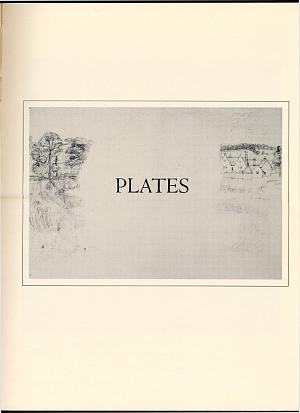
![Image of page [21]](http://www.rossettiarchive.org/img/thumbs_small/f1.s116.rc.jpg)
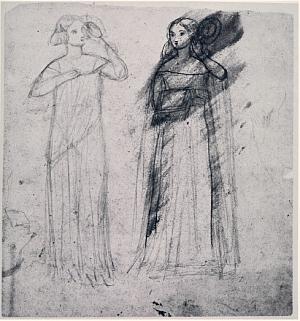
![Image of page [22]](http://www.rossettiarchive.org/img/thumbs_small/f2.s109.rc.jpg)

![Image of page [23]](http://www.rossettiarchive.org/img/thumbs_small/f4.s62.rc.jpg)
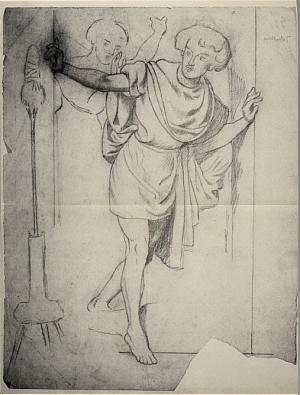
![Image of page [24]](http://www.rossettiarchive.org/img/thumbs_small/f.24.rc.jpg)

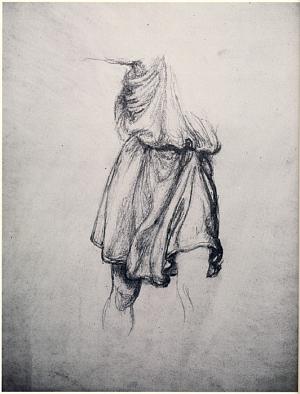
![Image of page [25]](http://www.rossettiarchive.org/img/thumbs_small/f6.s163.rc.jpg)
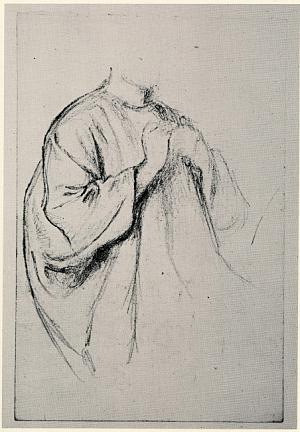
![Image of page [26]](http://www.rossettiarchive.org/img/thumbs_small/f7.s75.rc.jpg)
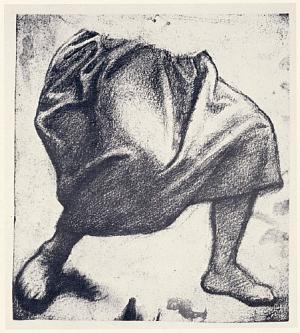
![Image of page [27]](http://www.rossettiarchive.org/img/thumbs_small/f8.s105.rc.jpg)

![Image of page [28]](http://www.rossettiarchive.org/img/thumbs_small/f9.s238.rc.jpg)
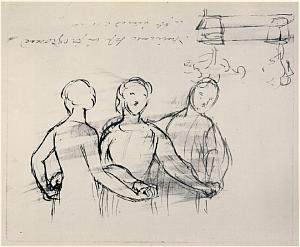
![Image of page [29]](http://www.rossettiarchive.org/img/thumbs_small/f10.s185.rc.jpg)

![Image of page [30]](http://www.rossettiarchive.org/img/thumbs_small/f11.s198.rc.jpg)
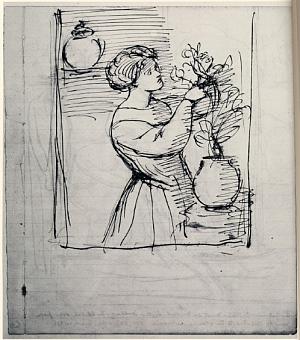
![Image of page [31]](http://www.rossettiarchive.org/img/thumbs_small/f12.s207.rc.jpg)
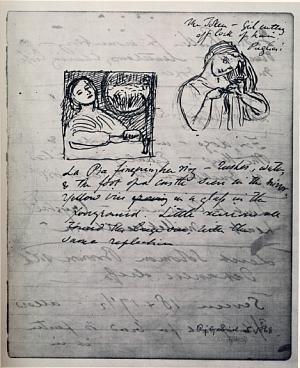
![Image of page [32]](http://www.rossettiarchive.org/img/thumbs_small/f13.s224.rc.jpg)
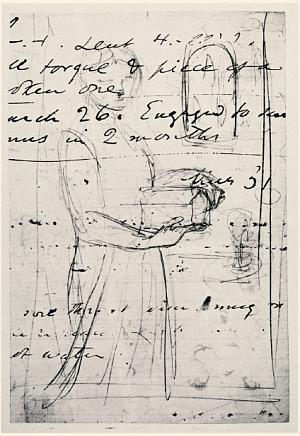
![Image of page [33]](http://www.rossettiarchive.org/img/thumbs_small/f14.s244.rc.jpg)
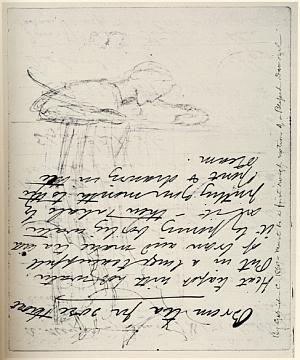
![Image of page [34]](http://www.rossettiarchive.org/img/thumbs_small/f15.s216.rc.jpg)
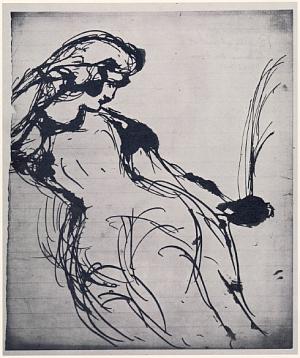
![Image of page [35]](http://www.rossettiarchive.org/img/thumbs_small/f16.s222.rc.jpg)
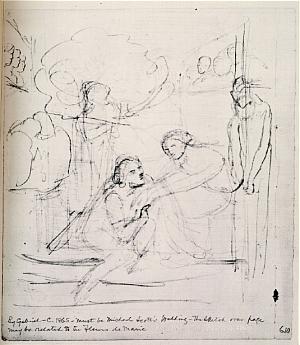
![Image of page [36]](http://www.rossettiarchive.org/img/thumbs_small/f17.s229.rc.jpg)
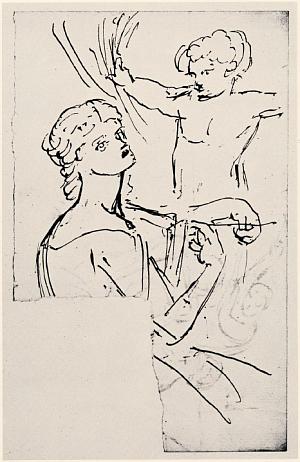
![Image of page [37]](http://www.rossettiarchive.org/img/thumbs_small/f18.s240.rc.jpg)
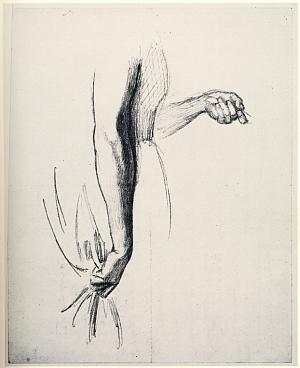
![Image of page [38]](http://www.rossettiarchive.org/img/thumbs_small/f19.s240.rc.jpg)
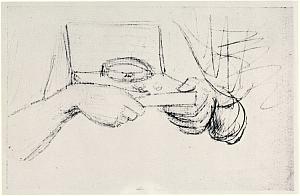
![Image of page [39]](http://www.rossettiarchive.org/img/thumbs_small/f20.s254.rc.jpg)
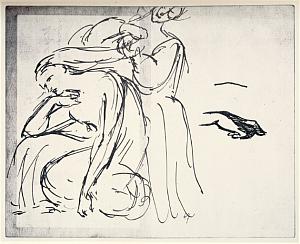
![Image of page [40]](http://www.rossettiarchive.org/img/thumbs_small/f21.s258.rc.jpg)
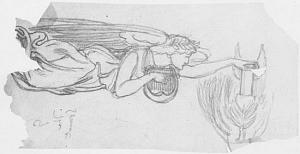
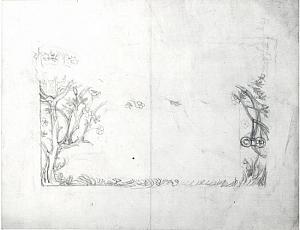
![Image of page [41]](http://www.rossettiarchive.org/img/thumbs_small/f22.rc.jpg)

![Image of page [42]](http://www.rossettiarchive.org/img/thumbs_small/f23.rc.jpg)

![Image of page [43]](http://www.rossettiarchive.org/img/thumbs_small/f24.s222.rc.jpg)
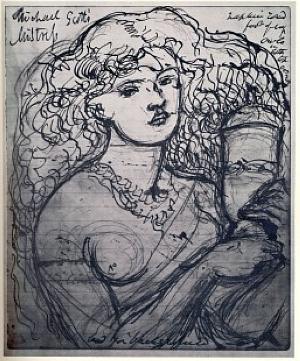
![Image of page [44]](http://www.rossettiarchive.org/img/thumbs_small/f25.rc.jpg)
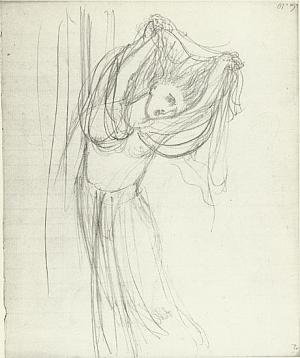
![Image of page [45]](http://www.rossettiarchive.org/img/thumbs_small/f26.rc.jpg)
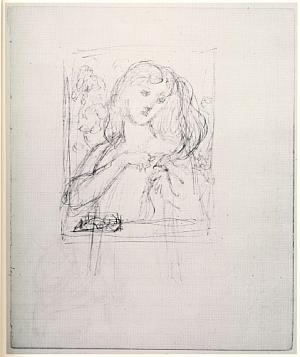
![Image of page [46]](http://www.rossettiarchive.org/img/thumbs_small/f27.rc.jpg)
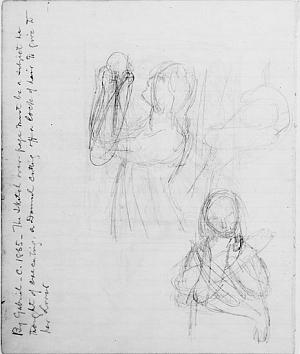
![Image of page [47]](http://www.rossettiarchive.org/img/thumbs_small/f28.rc.jpg)
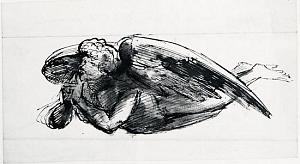
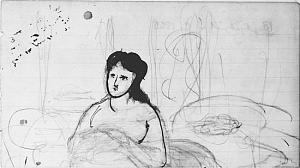
![Image of page [48]](http://www.rossettiarchive.org/img/thumbs_small/f29.rc.jpg)
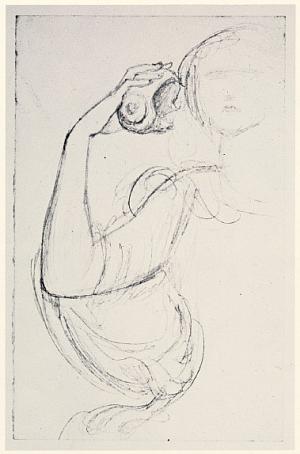
![Image of page [49]](http://www.rossettiarchive.org/img/thumbs_small/f30.s205.rc.jpg)
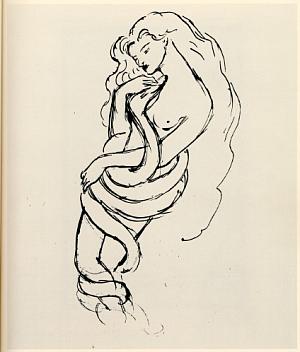
![Image of page [50]](http://www.rossettiarchive.org/img/thumbs_small/f31.rc.jpg)
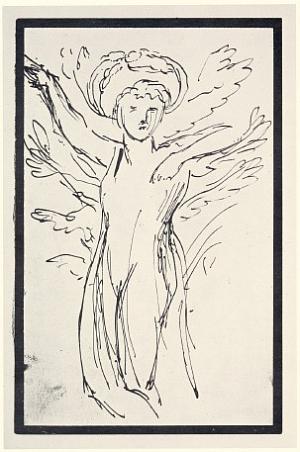
![Image of page [51]](http://www.rossettiarchive.org/img/thumbs_small/f33.rc.jpg)
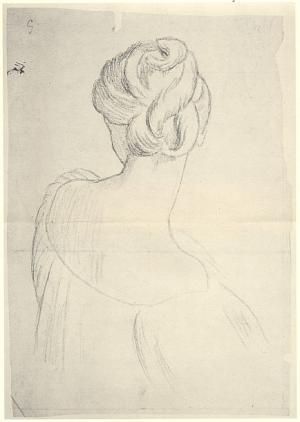
![Image of page [52]](http://www.rossettiarchive.org/img/thumbs_small/f52.rc.jpg)
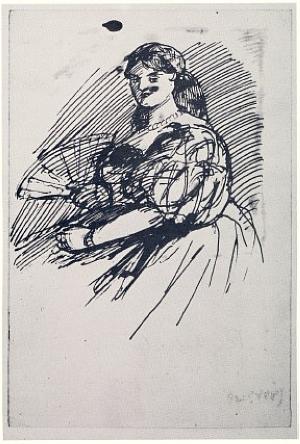
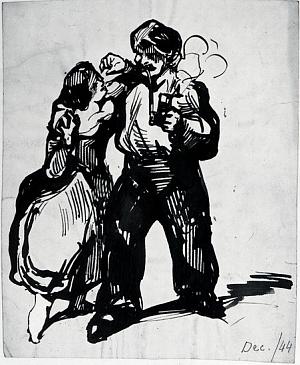
![Image of page [53]](http://www.rossettiarchive.org/img/thumbs_small/f35.rc.jpg)
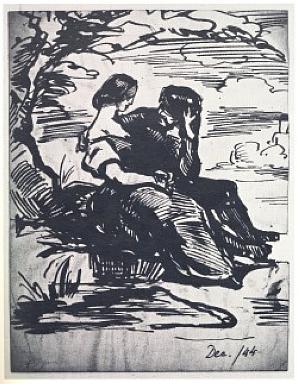
![Image of page [54]](http://www.rossettiarchive.org/img/thumbs_small/f36.rc.jpg)
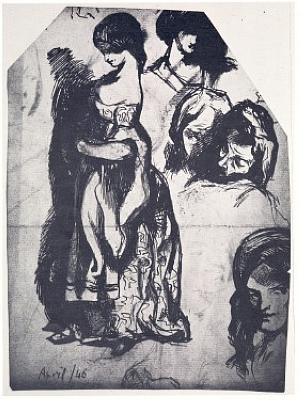
![Image of page [55]](http://www.rossettiarchive.org/img/thumbs_small/f37.rc.jpg)
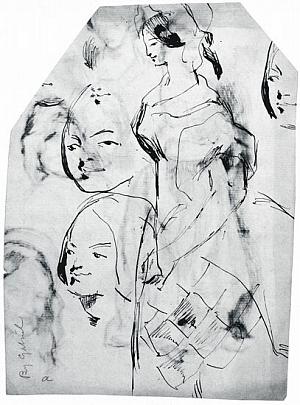
![Image of page [56]](http://www.rossettiarchive.org/img/thumbs_small/f38.rc.jpg)
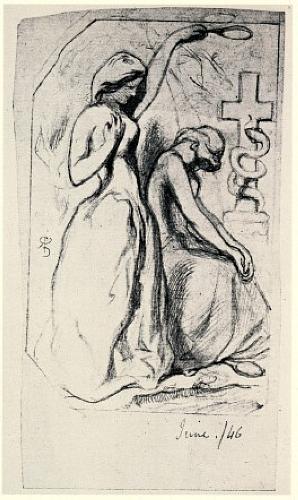
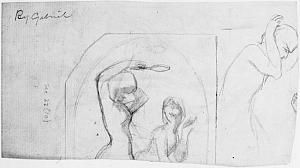
![Image of page [57]](http://www.rossettiarchive.org/img/thumbs_small/f39.rc.jpg)
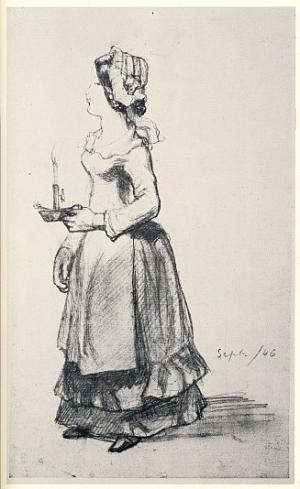
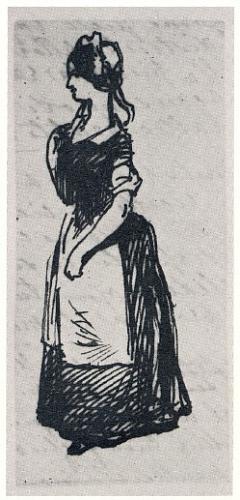
![Image of page [58]](http://www.rossettiarchive.org/img/thumbs_small/f40.rc.jpg)
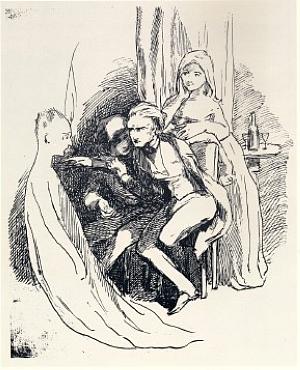
![Image of page [59]](http://www.rossettiarchive.org/img/thumbs_small/f41.rc.jpg)
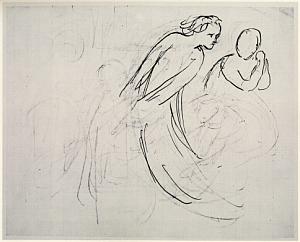
![Image of page [60]](http://www.rossettiarchive.org/img/thumbs_small/f42.rc.jpg)
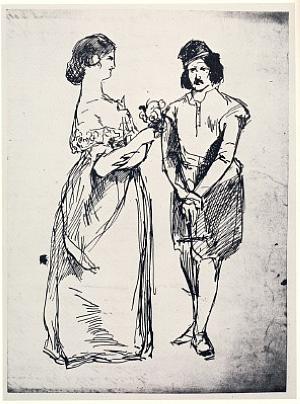
![Image of page [61]](http://www.rossettiarchive.org/img/thumbs_small/f43.rc.jpg)
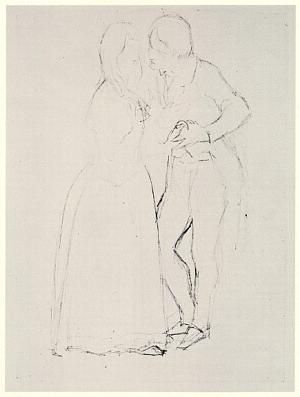
![Image of page [62]](http://www.rossettiarchive.org/img/thumbs_small/f44.rc.jpg)
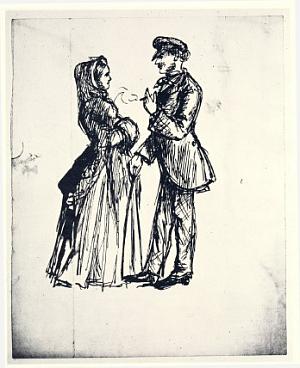
![Image of page [63]](http://www.rossettiarchive.org/img/thumbs_small/f45.rc.jpg)
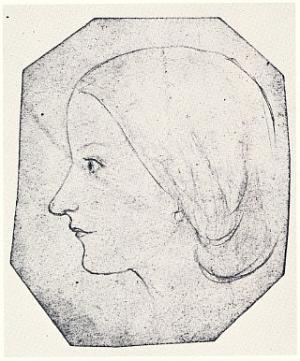
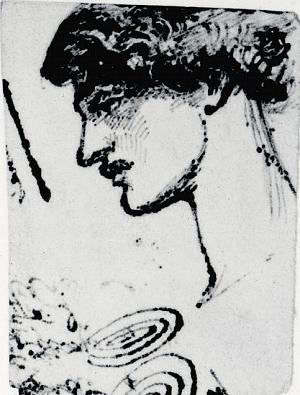
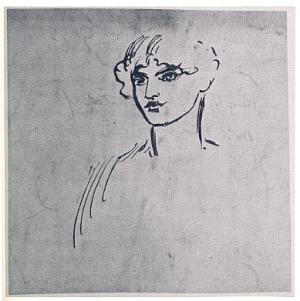
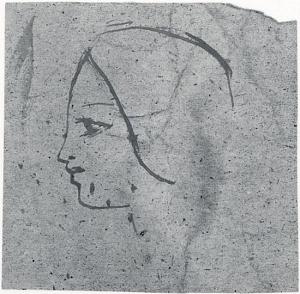
![Image of page [64]](http://www.rossettiarchive.org/img/thumbs_small/f.64.rc.jpg)
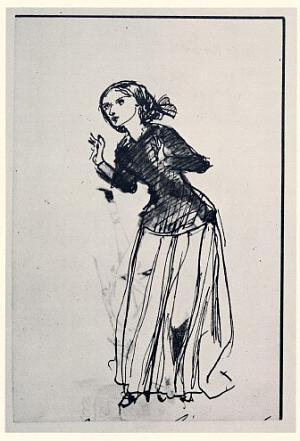
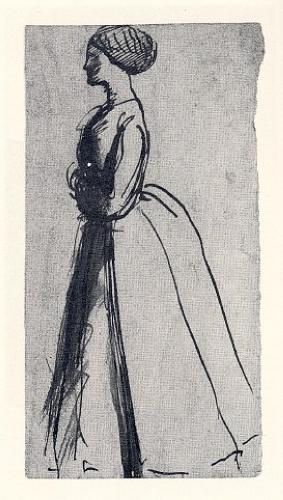
![Image of page [65]](http://www.rossettiarchive.org/img/thumbs_small/f48.rc.jpg)
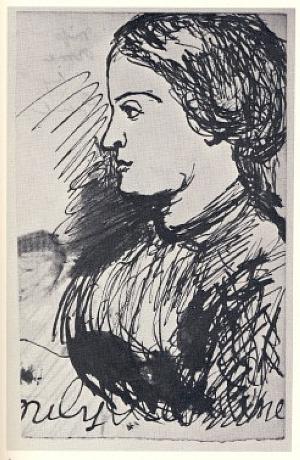
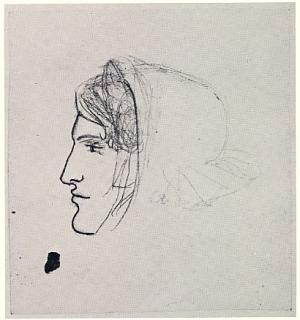
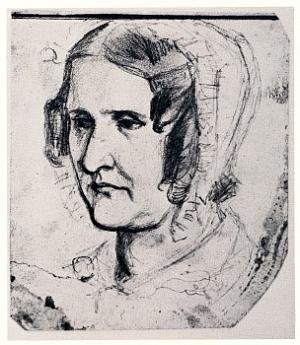
![Image of page [66]](http://www.rossettiarchive.org/img/thumbs_small/f49.rc.jpg)
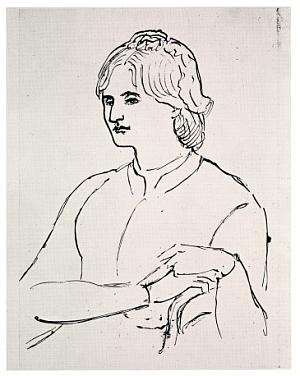
![Image of page [67]](http://www.rossettiarchive.org/img/thumbs_small/f50.rc.jpg)
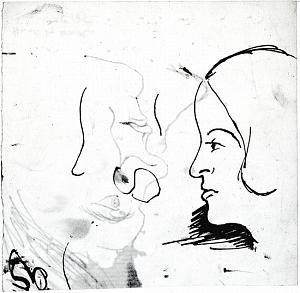
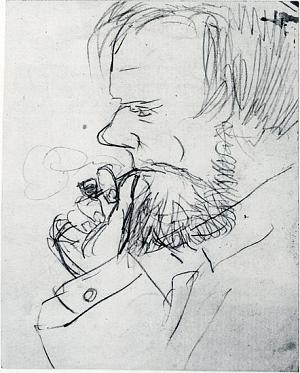
![Image of page [68]](http://www.rossettiarchive.org/img/thumbs_small/f51.rc.jpg)
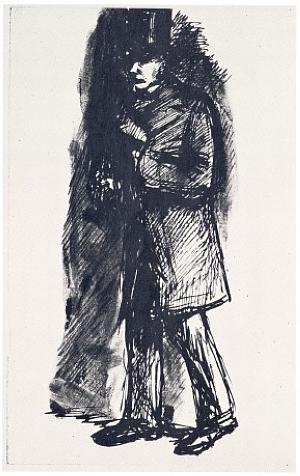
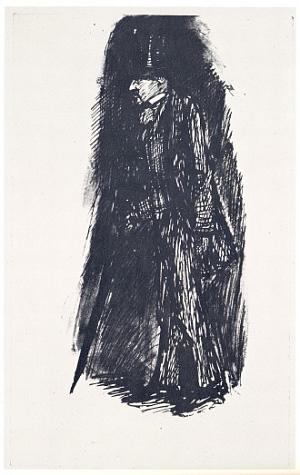
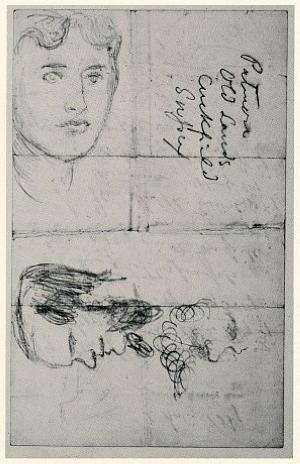
![Image of page [70]](http://www.rossettiarchive.org/img/thumbs_small/f53.rc.jpg)
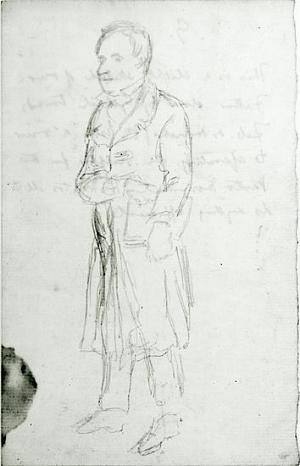
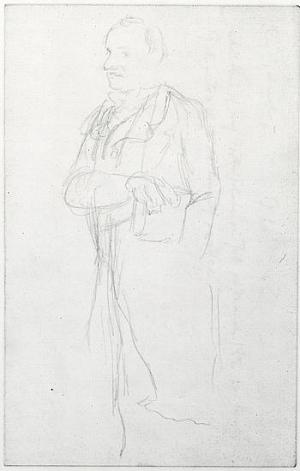
![Image of page [71]](http://www.rossettiarchive.org/img/thumbs_small/f54.rc.jpg)
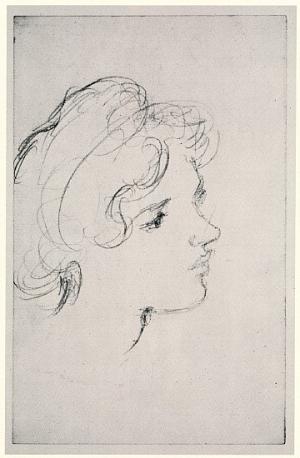
![Image of page [72]](http://www.rossettiarchive.org/img/thumbs_small/f55.rc.jpg)
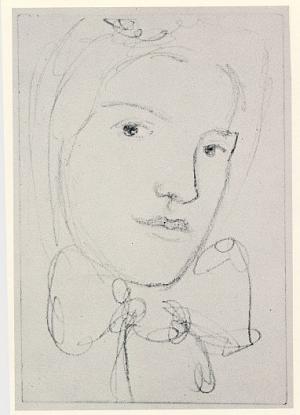
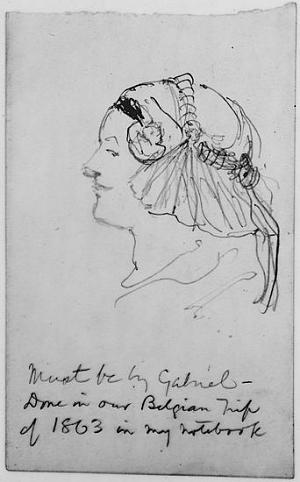
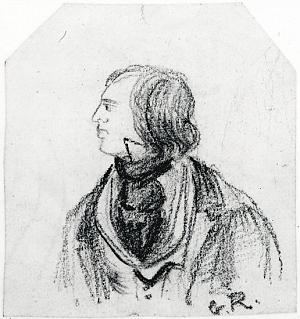
![Image of page [73]](http://www.rossettiarchive.org/img/thumbs_small/f56.rc.jpg)
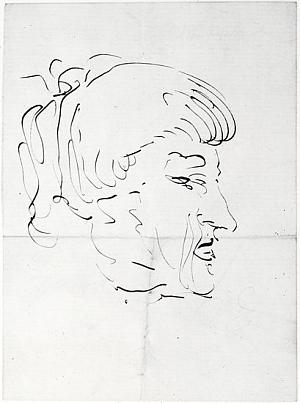
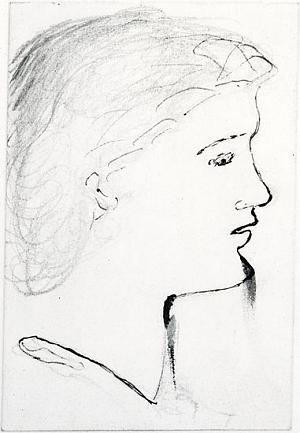
![Image of page [74]](http://www.rossettiarchive.org/img/thumbs_small/f57.rc.jpg)
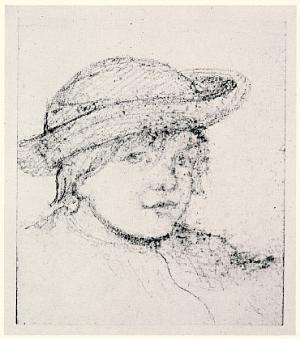
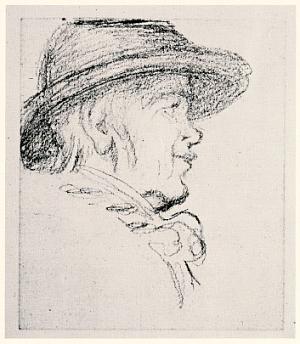
![Image of page [75]](http://www.rossettiarchive.org/img/thumbs_small/f58.rc.jpg)
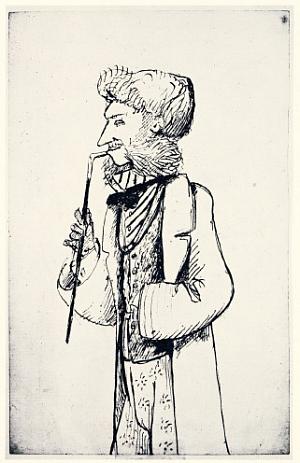
![Image of page [76]](http://www.rossettiarchive.org/img/thumbs_small/f59.rc.jpg)
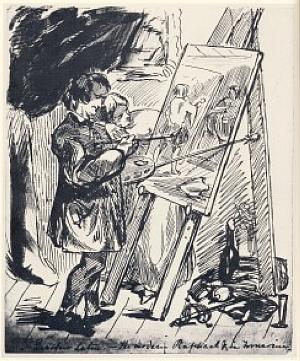
![Image of page [77]](http://www.rossettiarchive.org/img/thumbs_small/f60.rc.jpg)
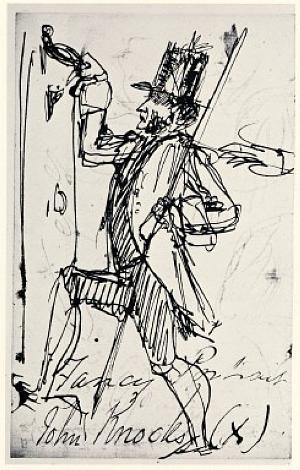
![Image of page [78]](http://www.rossettiarchive.org/img/thumbs_small/f61.rc.jpg)
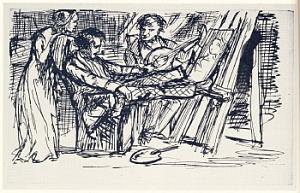
![Image of page [79]](http://www.rossettiarchive.org/img/thumbs_small/f62.rc.jpg)
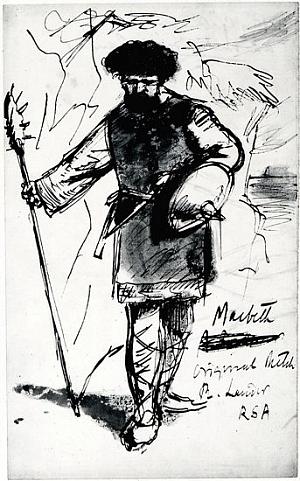
![Image of page [80]](http://www.rossettiarchive.org/img/thumbs_small/f63.rc.jpg)
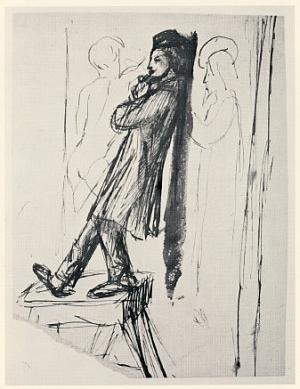
![Image of page [81]](http://www.rossettiarchive.org/img/thumbs_small/f64.rc.jpg)
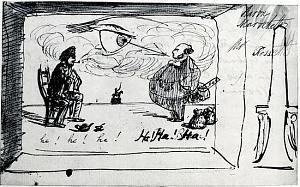
![Image of page [82]](http://www.rossettiarchive.org/img/thumbs_small/f65.rc.jpg)
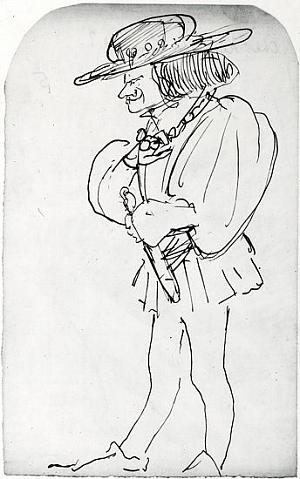
![Image of page [83]](http://www.rossettiarchive.org/img/thumbs_small/f66.rc.jpg)
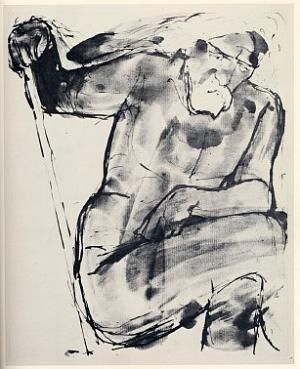
![Image of page [84]](http://www.rossettiarchive.org/img/thumbs_small/f67.rc.jpg)
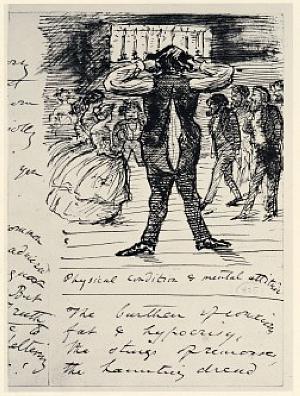
![Image of page [85]](http://www.rossettiarchive.org/img/thumbs_small/f68.rc.jpg)
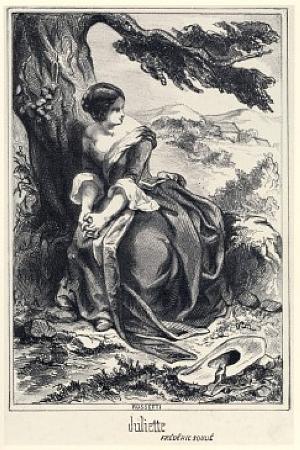
![Image of page [86]](http://www.rossettiarchive.org/img/thumbs_small/f69.rc.jpg)
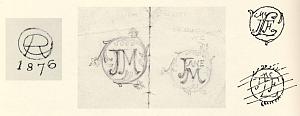
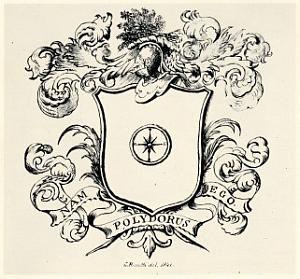
![Image of page [87]](http://www.rossettiarchive.org/img/thumbs_small/f.87.rc.jpg)
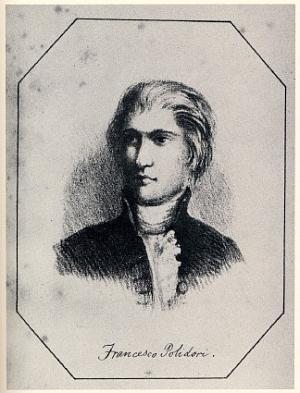
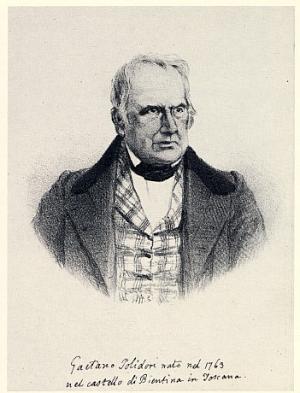
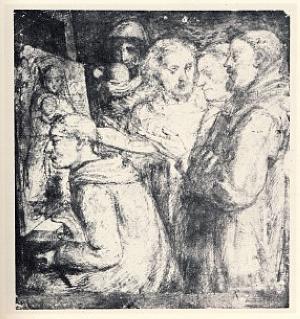
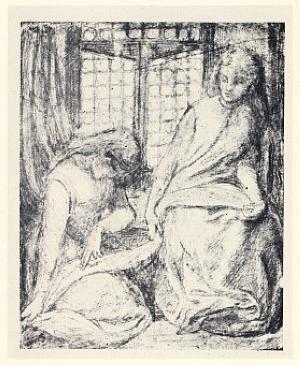
![Image of page [88]](http://www.rossettiarchive.org/img/thumbs_small/f72.rc.jpg)
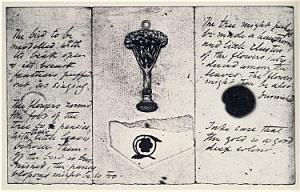
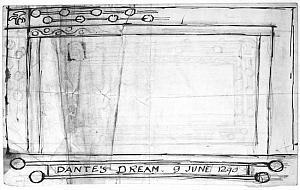
![Image of page [89]](http://www.rossettiarchive.org/img/thumbs_small/f73.s707.rc.jpg)
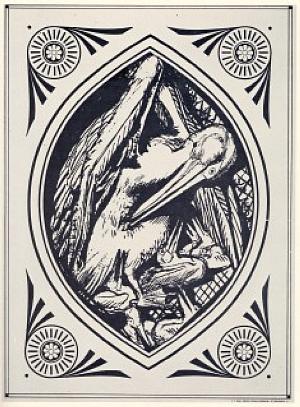
![Image of page [90]](http://www.rossettiarchive.org/img/thumbs_small/f74.rc.jpg)
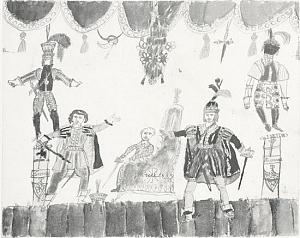
![Image of page [91]](http://www.rossettiarchive.org/img/thumbs_small/f75.rc.jpg)
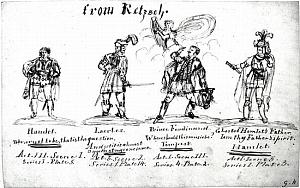
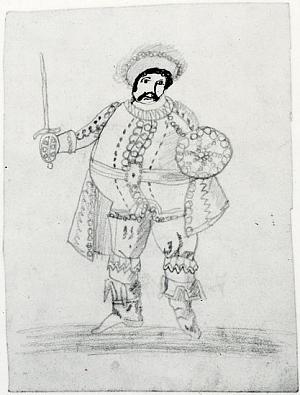
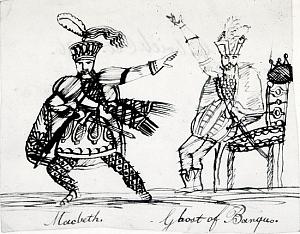
![Image of page [92]](http://www.rossettiarchive.org/img/thumbs_small/f76.rc.jpg)
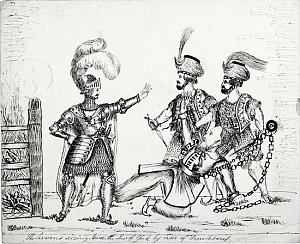
![Image of page [93]](http://www.rossettiarchive.org/img/thumbs_small/f77.rc.jpg)
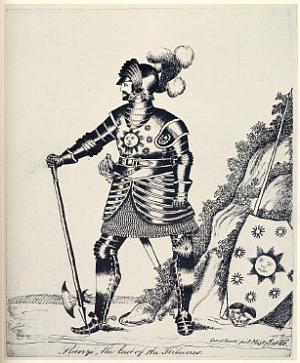
![Image of page [94]](http://www.rossettiarchive.org/img/thumbs_small/f78.rc.jpg)
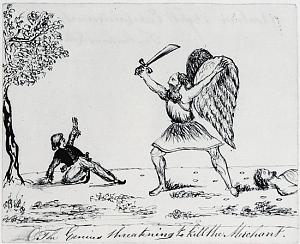
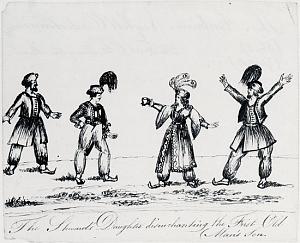
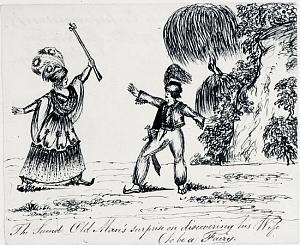
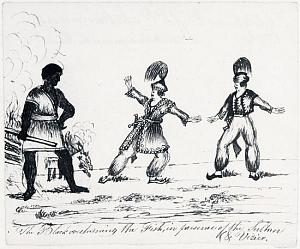
![Image of page [95]](http://www.rossettiarchive.org/img/thumbs_small/f79.rc.jpg)
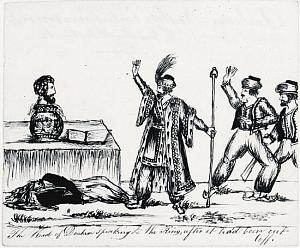
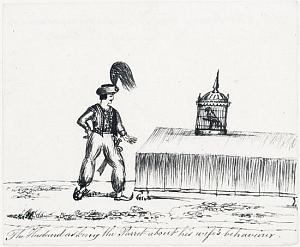
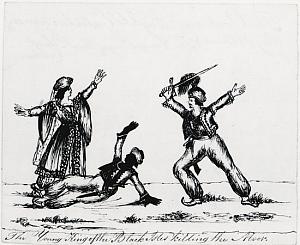
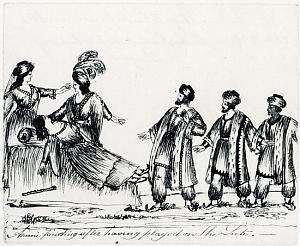
![Image of page [96]](http://www.rossettiarchive.org/img/thumbs_small/f80.rc.jpg)
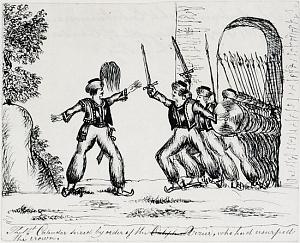
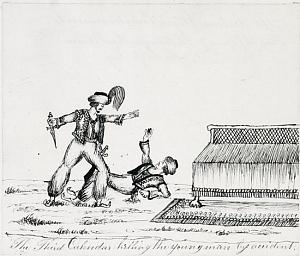
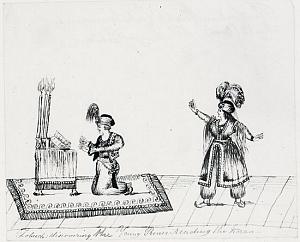
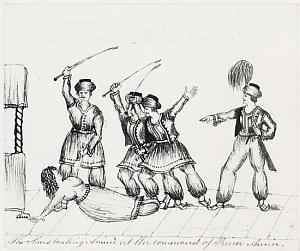
![Image of page [97]](http://www.rossettiarchive.org/img/thumbs_small/f81.rc.jpg)
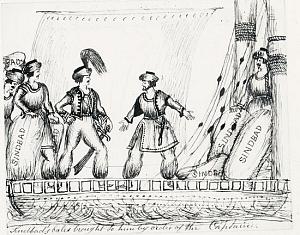
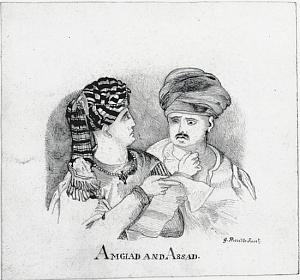
![Image of page [98]](http://www.rossettiarchive.org/img/thumbs_small/f82.rc.jpg)
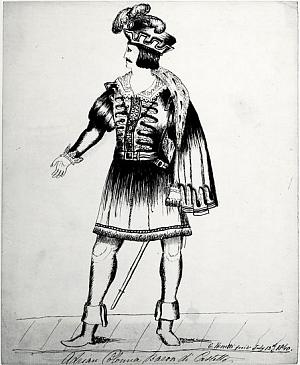
![Image of page [99]](http://www.rossettiarchive.org/img/thumbs_small/f83.rc.jpg)
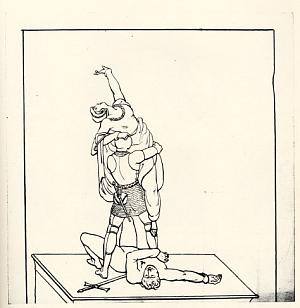
![Image of page [100]](http://www.rossettiarchive.org/img/thumbs_small/f84.1.jpg)
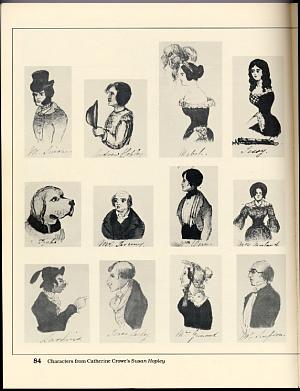
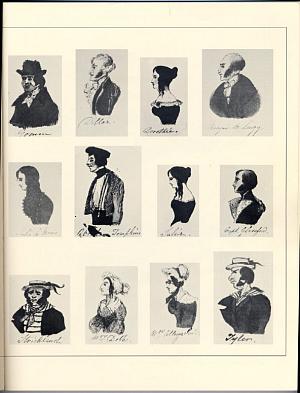
![Image of page [102]](http://www.rossettiarchive.org/img/thumbs_small/f.102.rc.jpg)
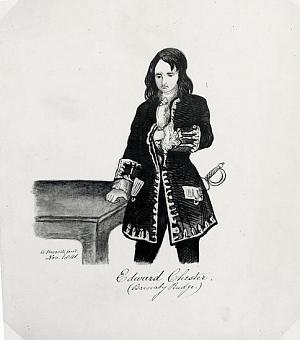
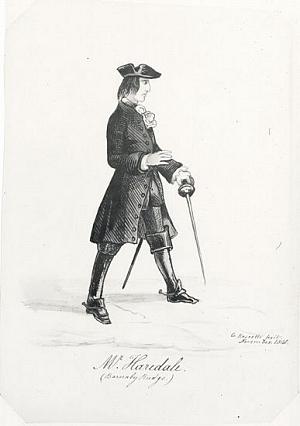
![Image of page [103]](http://www.rossettiarchive.org/img/thumbs_small/f.103.rc.jpg)
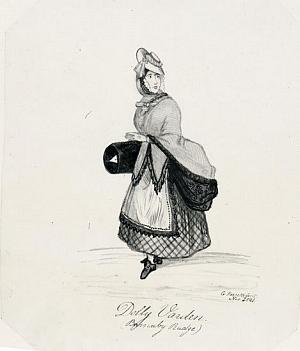
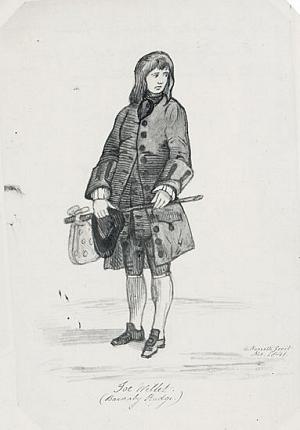
![Image of page [104]](http://www.rossettiarchive.org/img/thumbs_small/f86.rc.jpg)
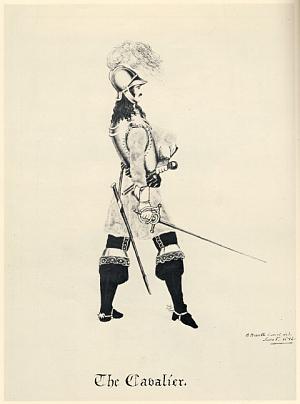
![Image of page [105]](http://www.rossettiarchive.org/img/thumbs_small/f87.rc.jpg)
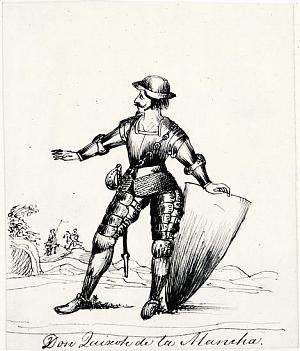
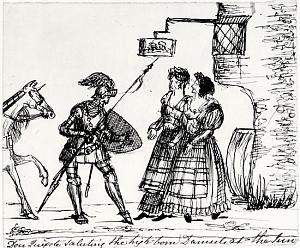
![Image of page [106]](http://www.rossettiarchive.org/img/thumbs_small/f88.s10.rc.jpg)
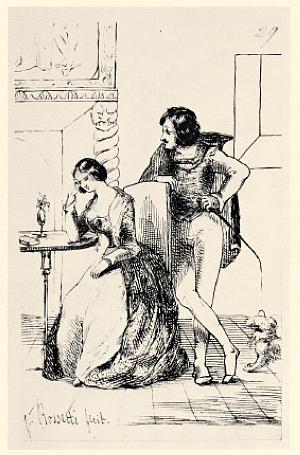
![Image of page [107]](http://www.rossettiarchive.org/img/thumbs_small/f89.rc.jpg)
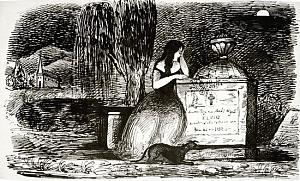
![Image of page [108]](http://www.rossettiarchive.org/img/thumbs_small/f90.rc.jpg)
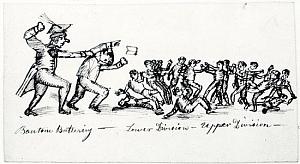
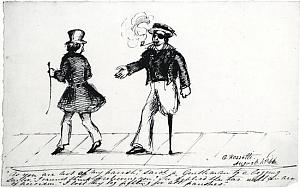
![Image of page [109]](http://www.rossettiarchive.org/img/thumbs_small/f91.rc.jpg)
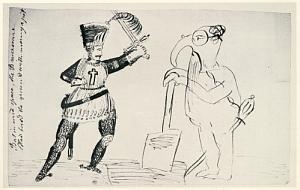
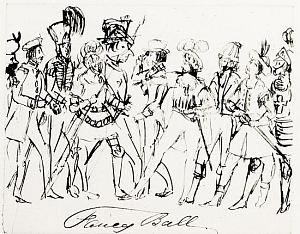
![Image of page [110]](http://www.rossettiarchive.org/img/thumbs_small/f92.rc.jpg)
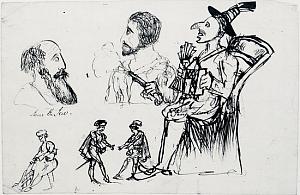
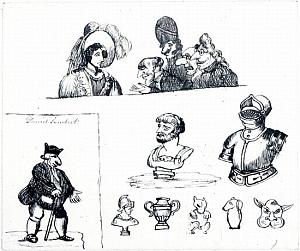
![Image of page [111]](http://www.rossettiarchive.org/img/thumbs_small/f.111.rc.jpg)
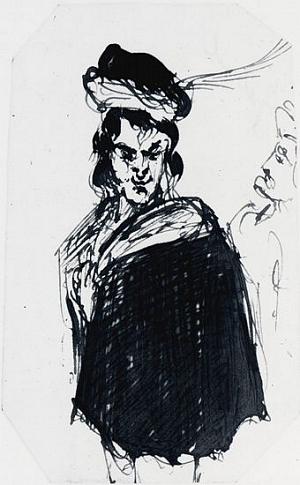
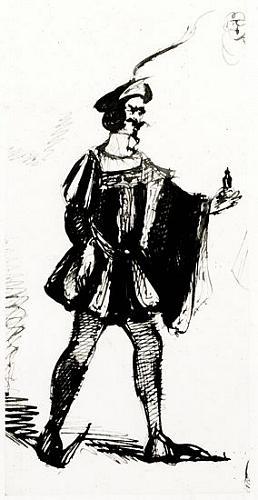
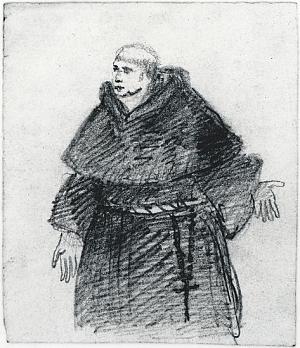
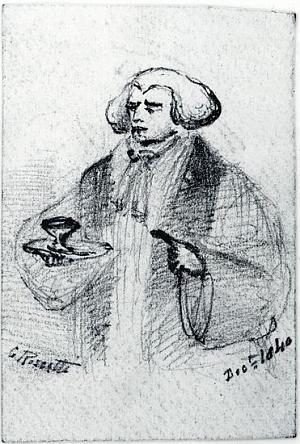
![Image of page [112]](http://www.rossettiarchive.org/img/thumbs_small/f95.rc.jpg)
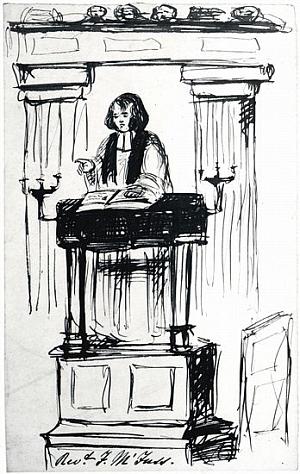
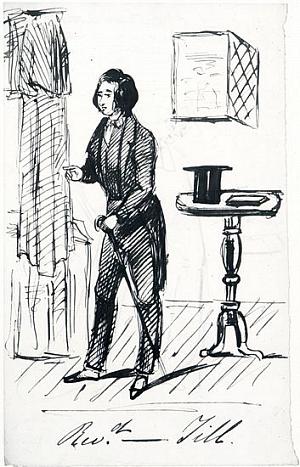
![Image of page [113]](http://www.rossettiarchive.org/img/thumbs_small/f96.rc.jpg)
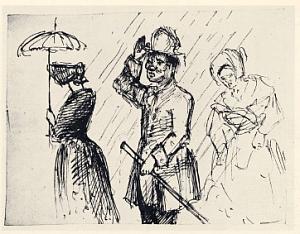
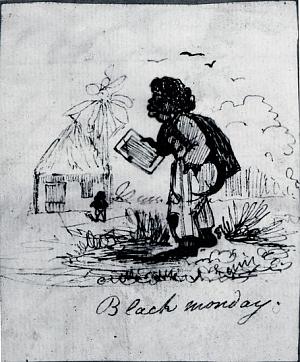
![Image of page [114]](http://www.rossettiarchive.org/img/thumbs_small/f97.rc.jpg)
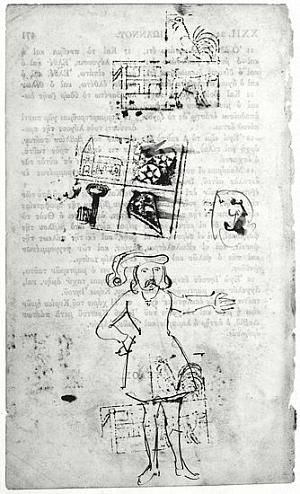
![Image of page [115]](http://www.rossettiarchive.org/img/thumbs_small/f98.rc.jpg)
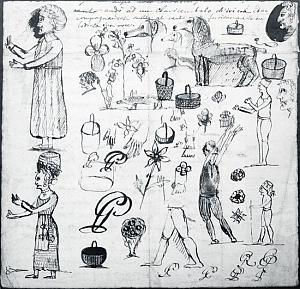
![Image of page [116]](http://www.rossettiarchive.org/img/thumbs_small/f99.rc.jpg)
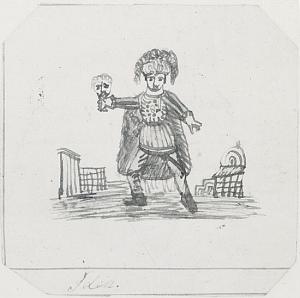
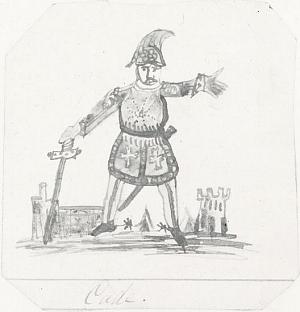
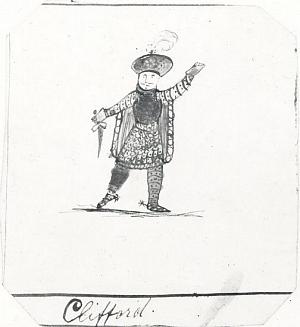
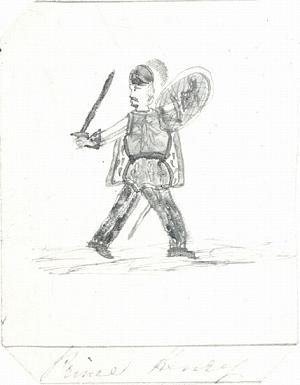
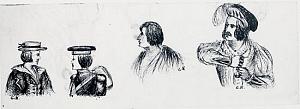
![Image of page [117]](http://www.rossettiarchive.org/img/thumbs_small/f100.rc.jpg)
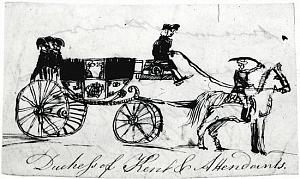
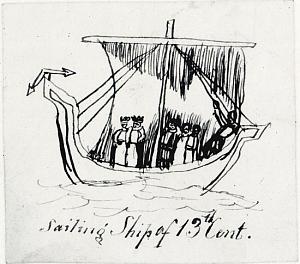
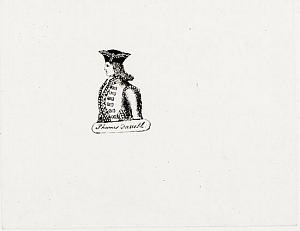
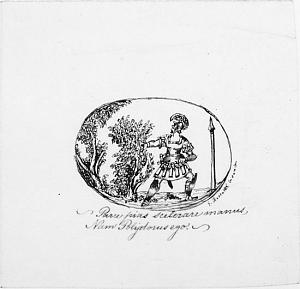
![Image of page [118]](http://www.rossettiarchive.org/img/thumbs_small/f101.rc.jpg)
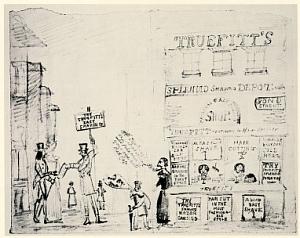
![Image of page [119]](http://www.rossettiarchive.org/img/thumbs_small/f102.rc.jpg)
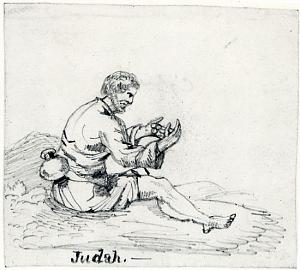
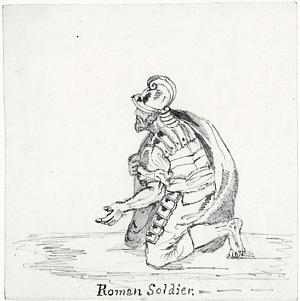
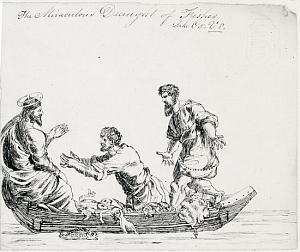
![Image of page [120]](http://www.rossettiarchive.org/img/thumbs_small/f103.rc.jpg)
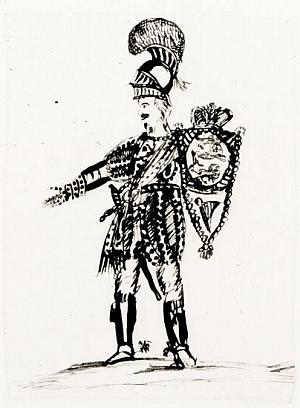
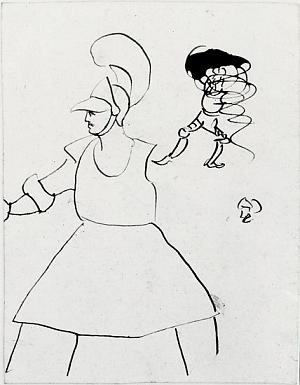
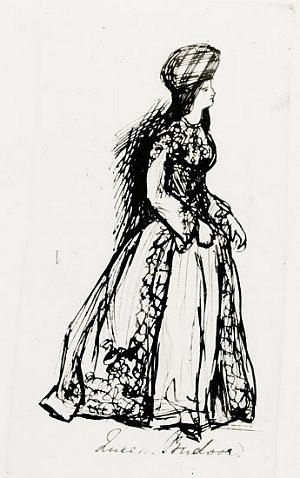
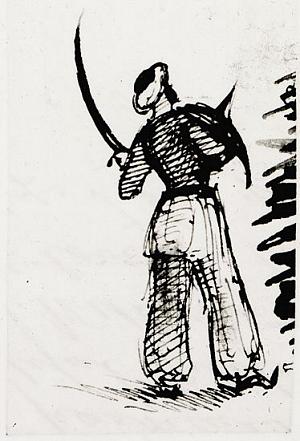
![Image of page [121]](http://www.rossettiarchive.org/img/thumbs_small/f104.rc.jpg)
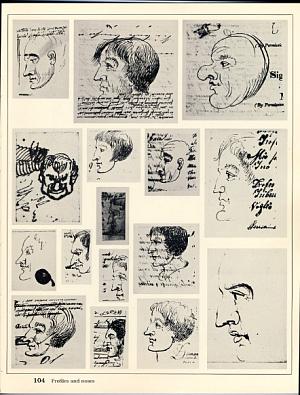
![Image of page [122]](http://www.rossettiarchive.org/img/thumbs_small/f105.rc.jpg)
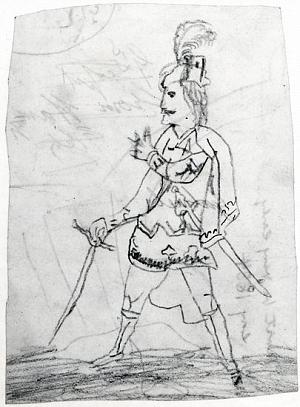
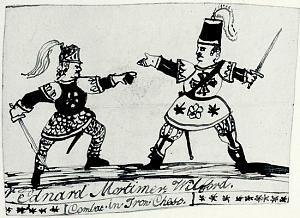
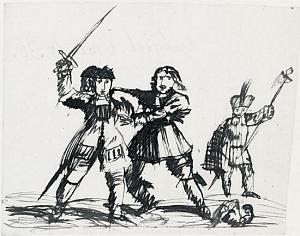
![Image of page [123]](http://www.rossettiarchive.org/img/thumbs_small/f106.rc.jpg)
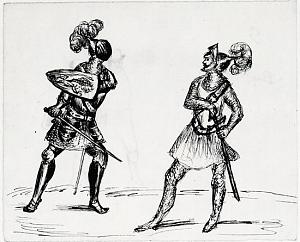
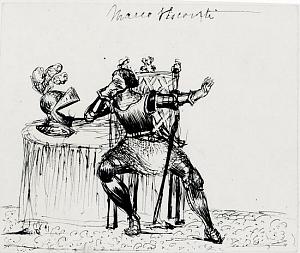
![Image of page [124]](http://www.rossettiarchive.org/img/thumbs_small/f107.rc.jpg)
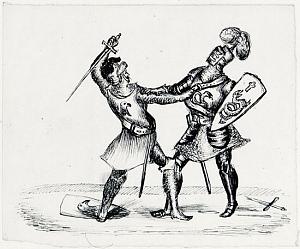
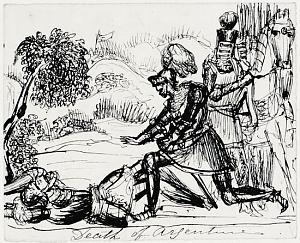
![Image of page [125]](http://www.rossettiarchive.org/img/thumbs_small/f108.rc.jpg)
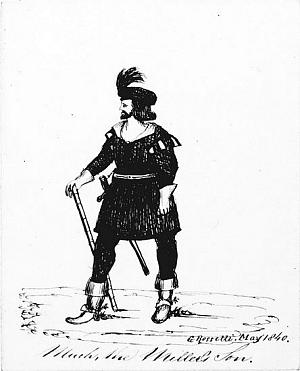
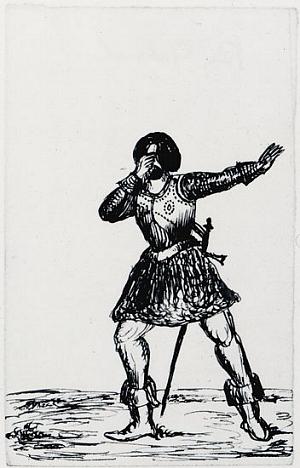
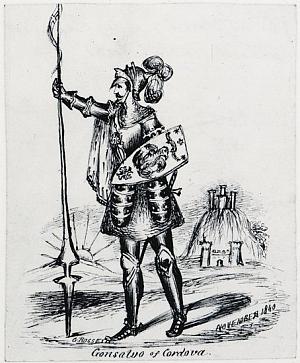
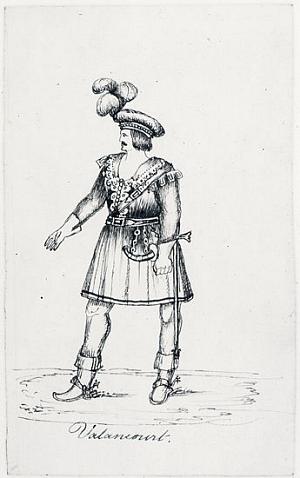
![Image of page [126]](http://www.rossettiarchive.org/img/thumbs_small/f109.rc.jpg)
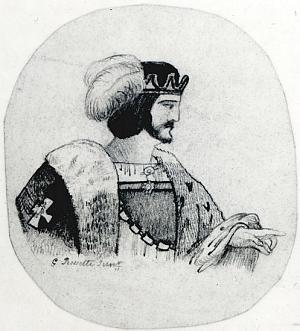
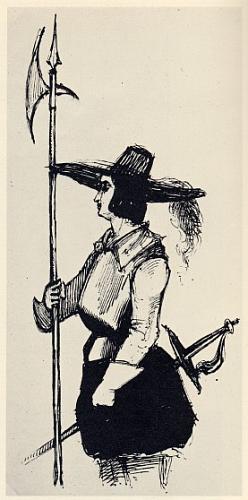
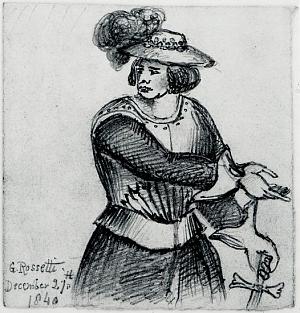
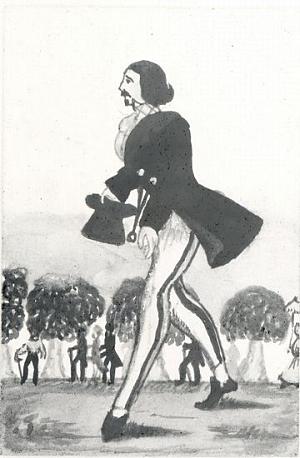
![Image of page [127]](http://www.rossettiarchive.org/img/thumbs_small/f110.rc.jpg)
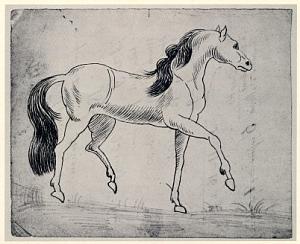
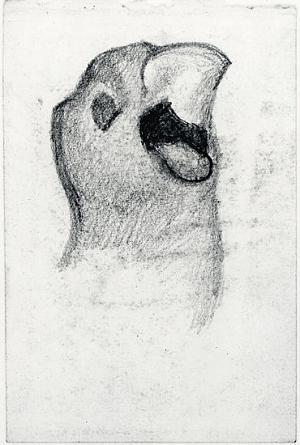
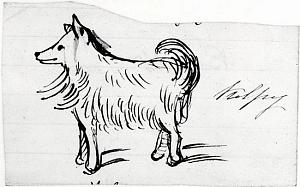
![Image of page [128]](http://www.rossettiarchive.org/img/thumbs_small/f111.rc.jpg)
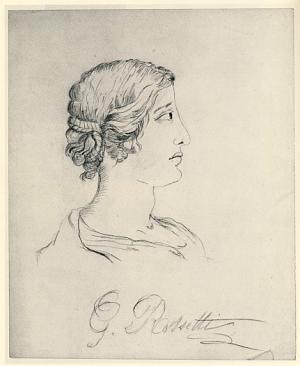
![Image of page [129]](http://www.rossettiarchive.org/img/thumbs_small/f112.rc.jpg)
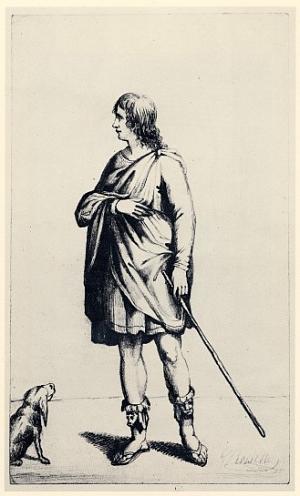
![Image of page [130]](http://www.rossettiarchive.org/img/thumbs_small/f113.rc.jpg)
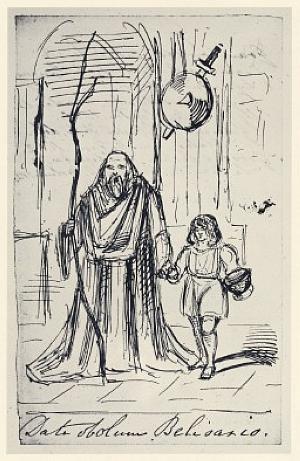
![Image of page [131]](http://www.rossettiarchive.org/img/thumbs_small/f.131.rc.jpg)